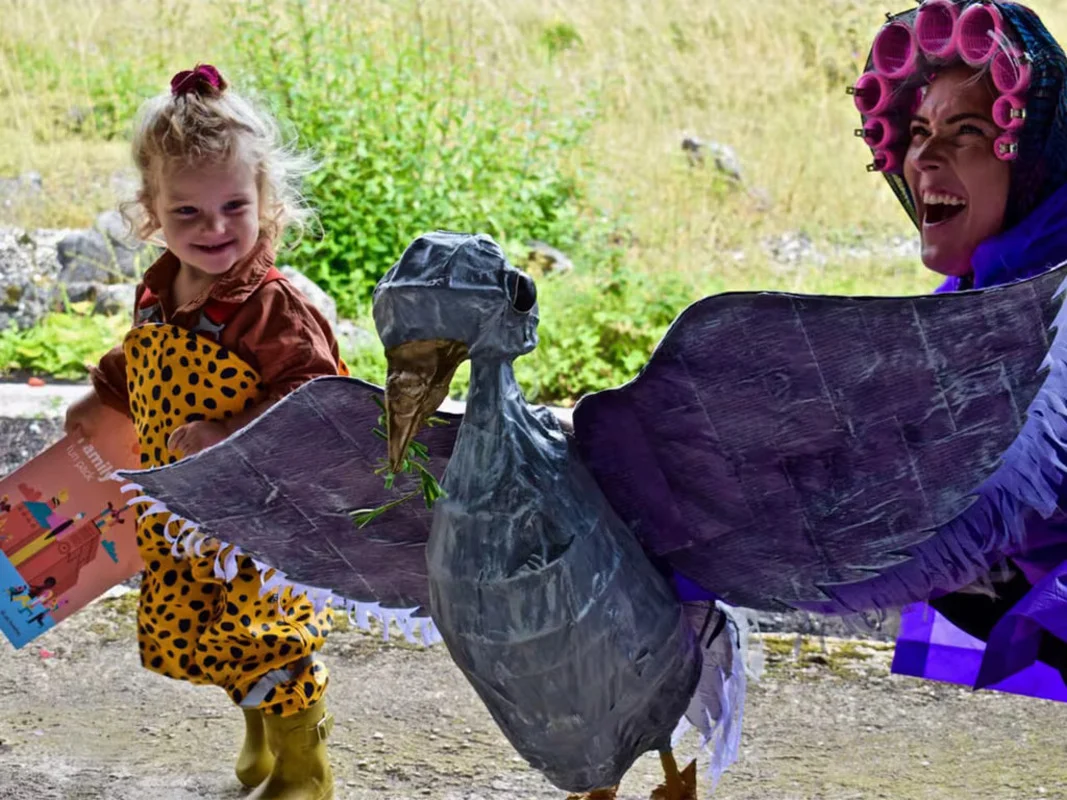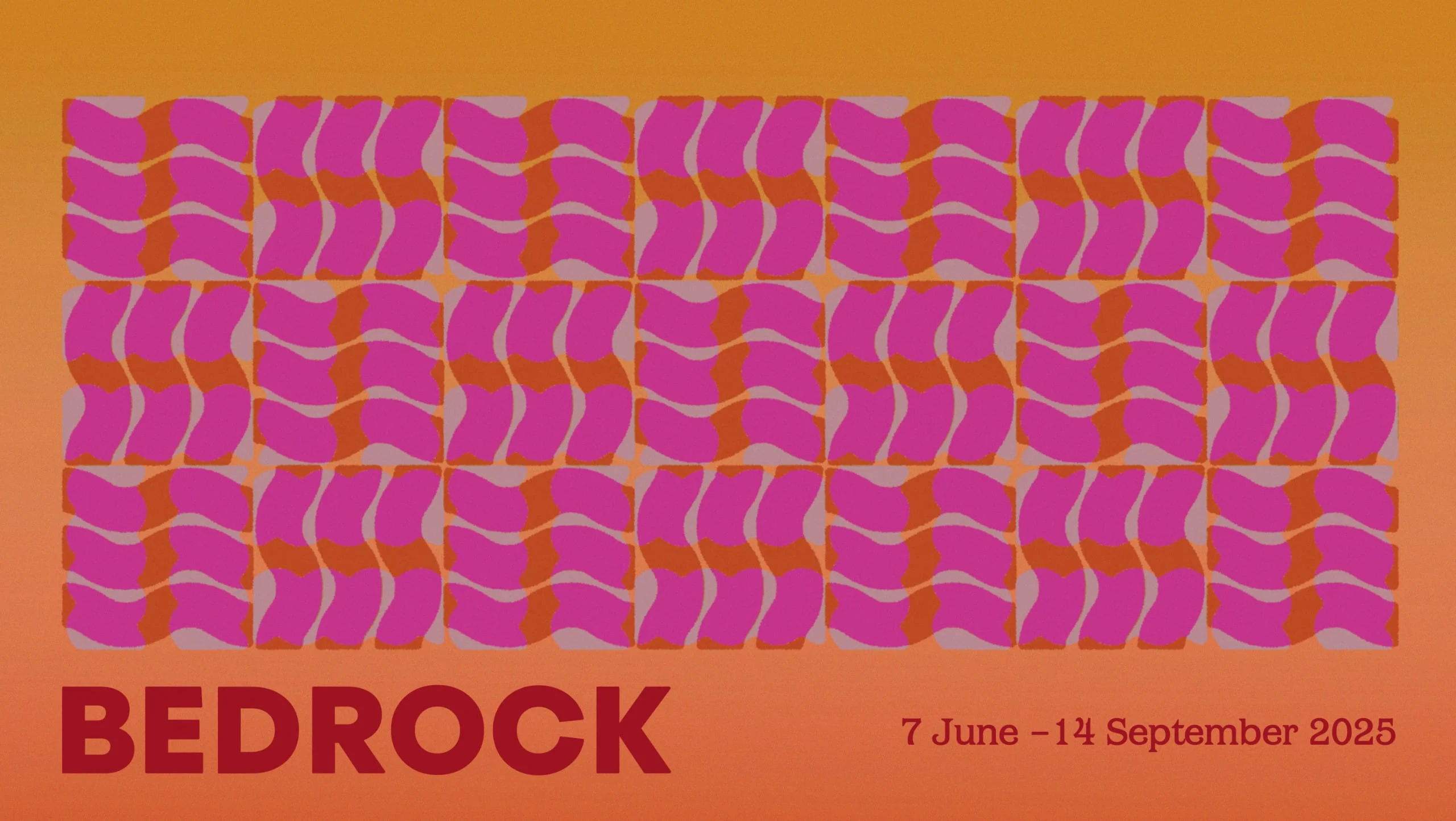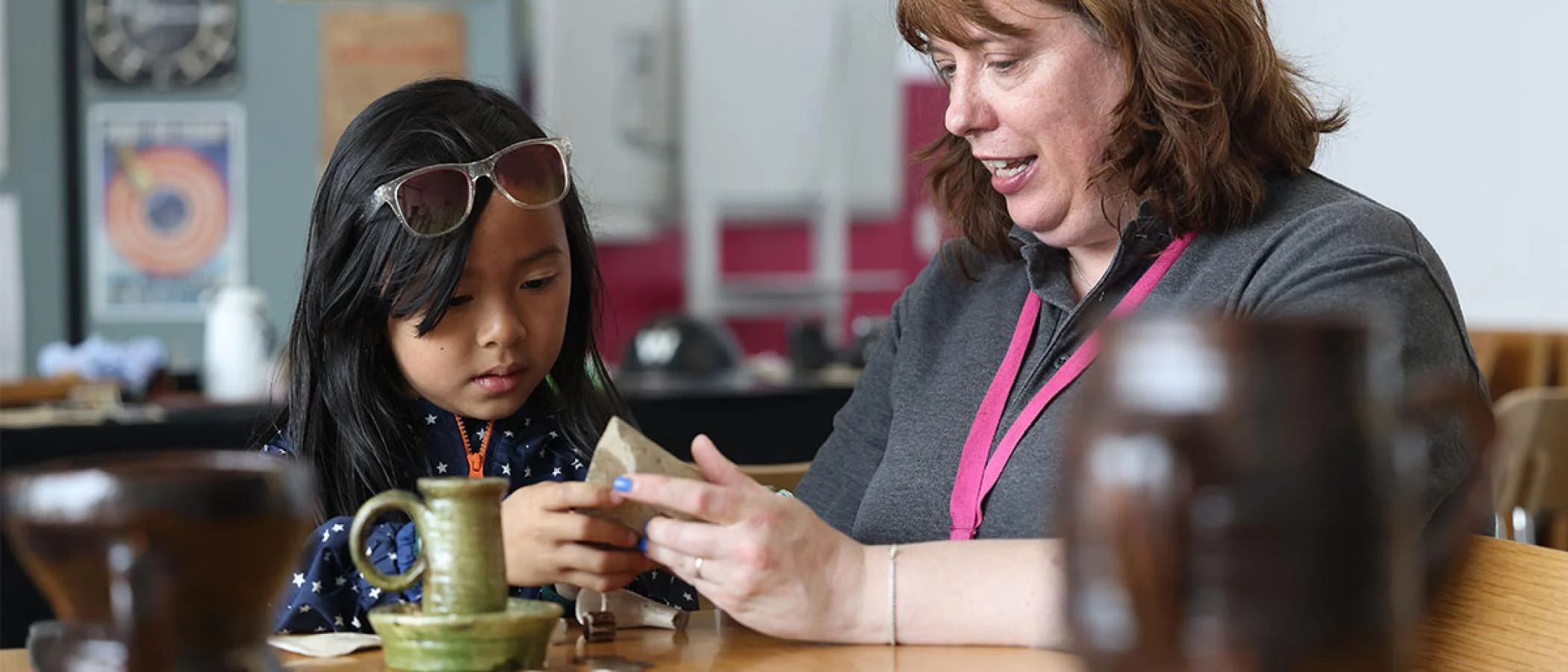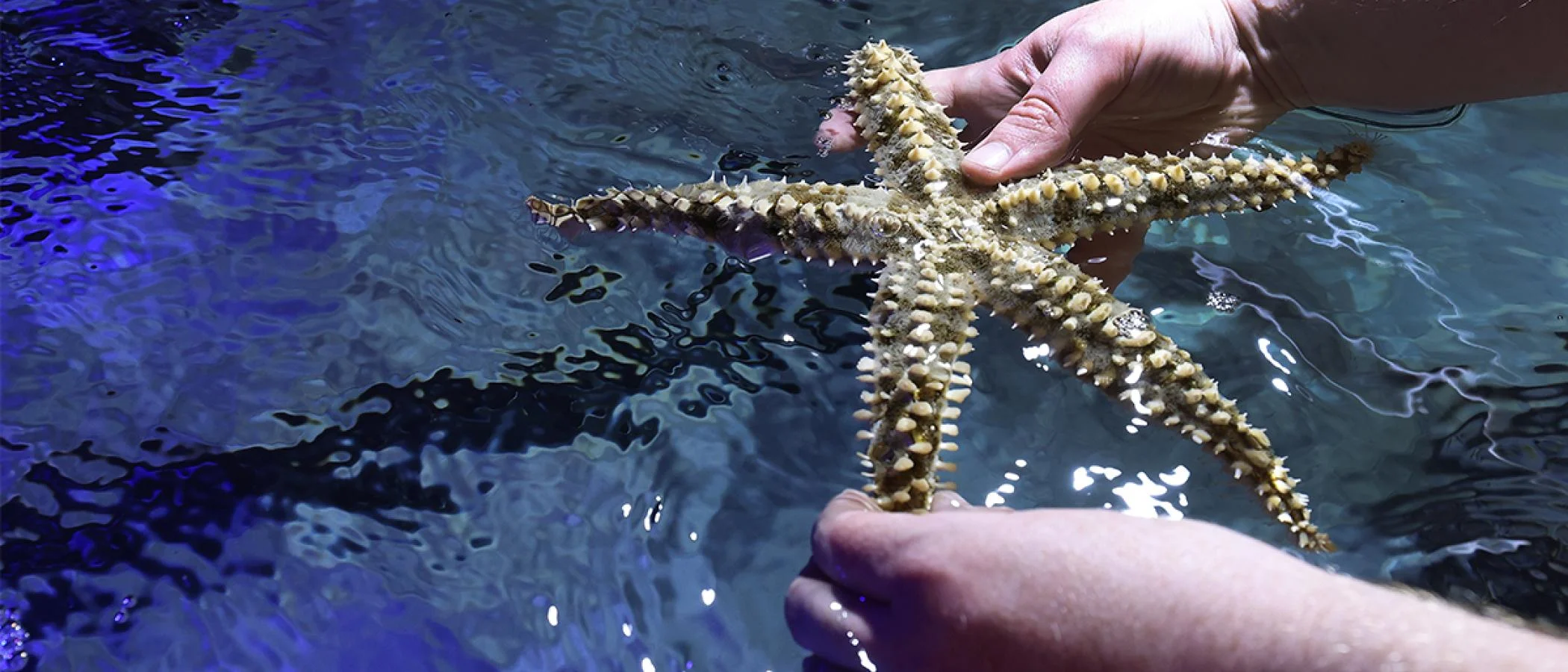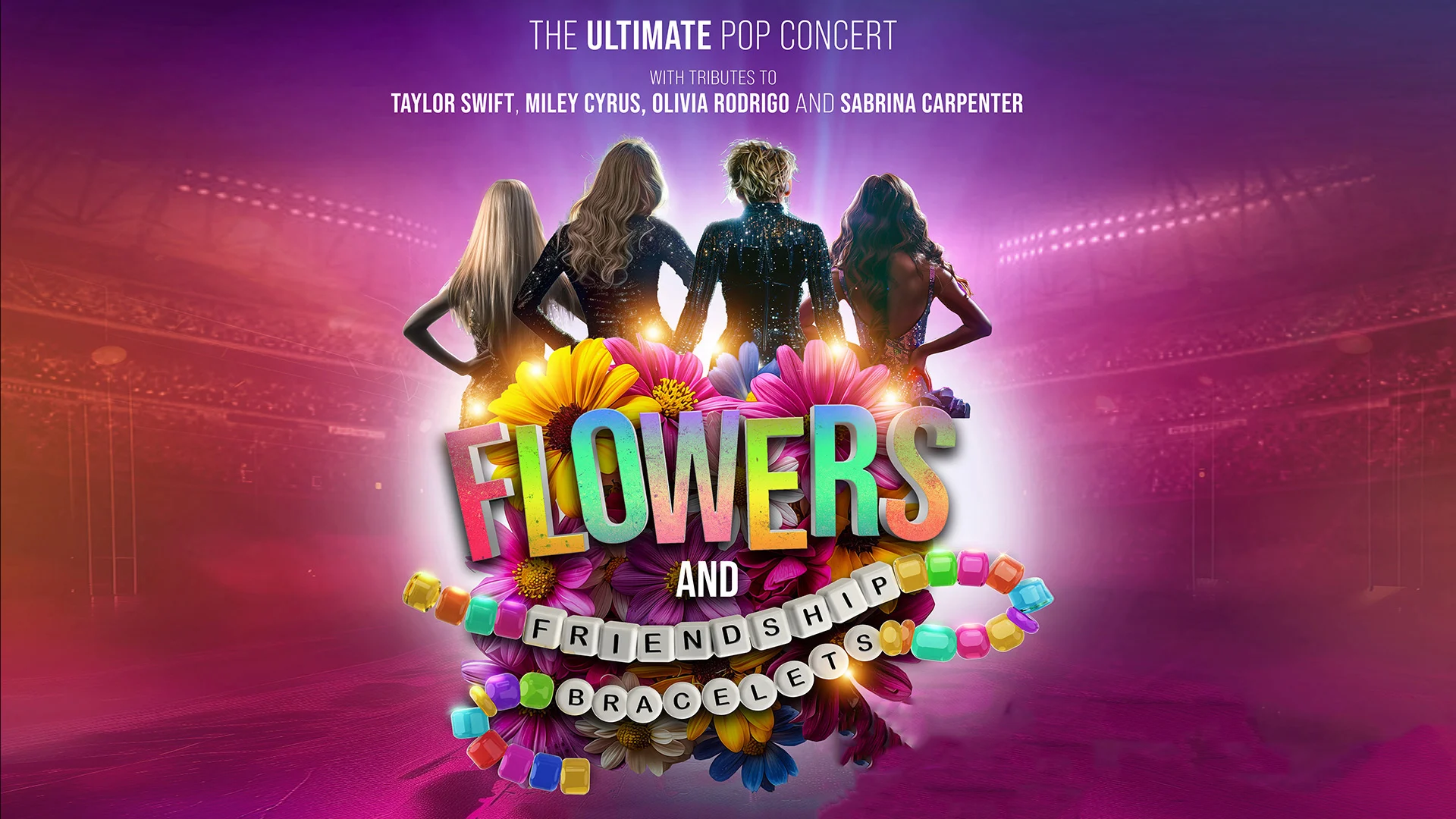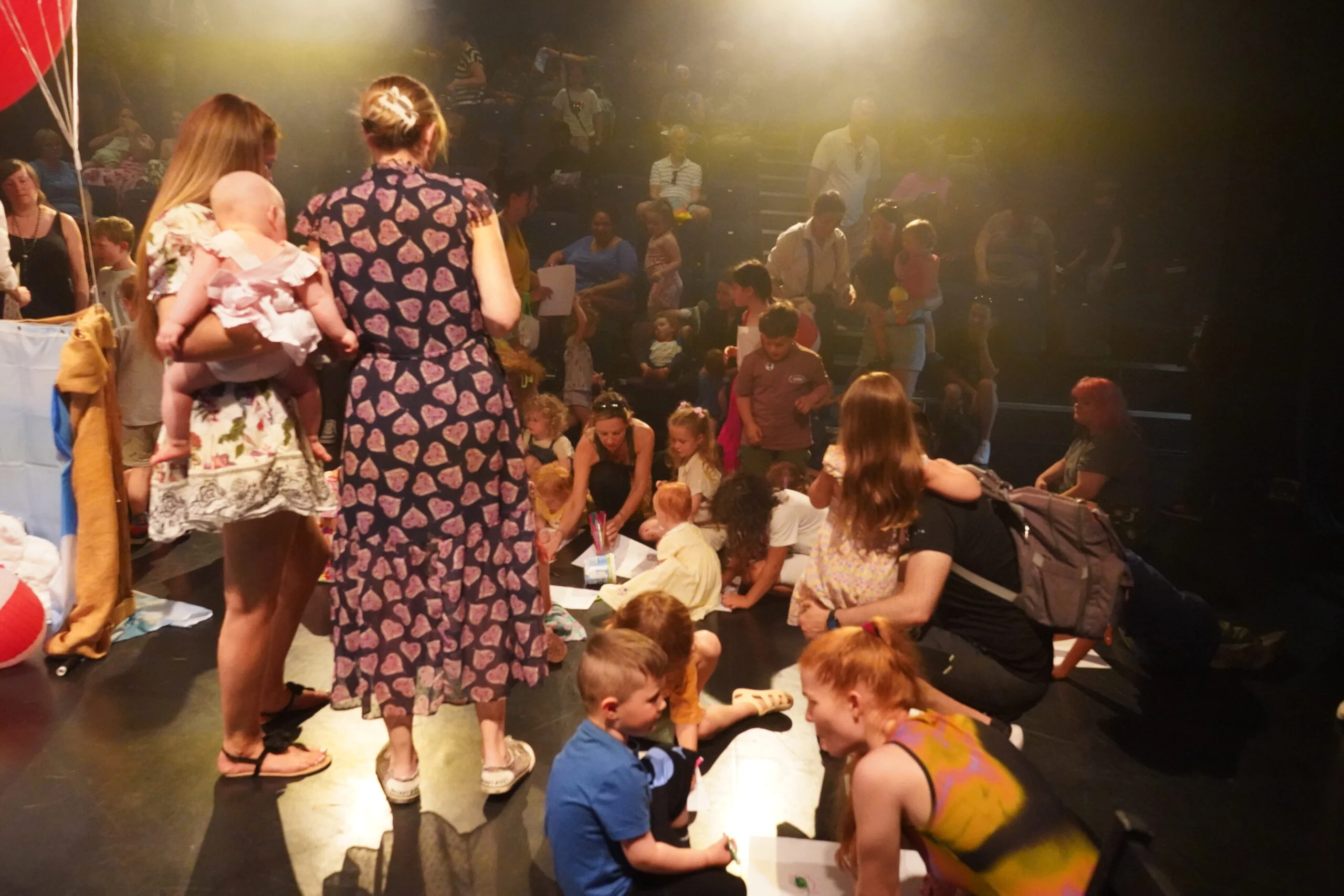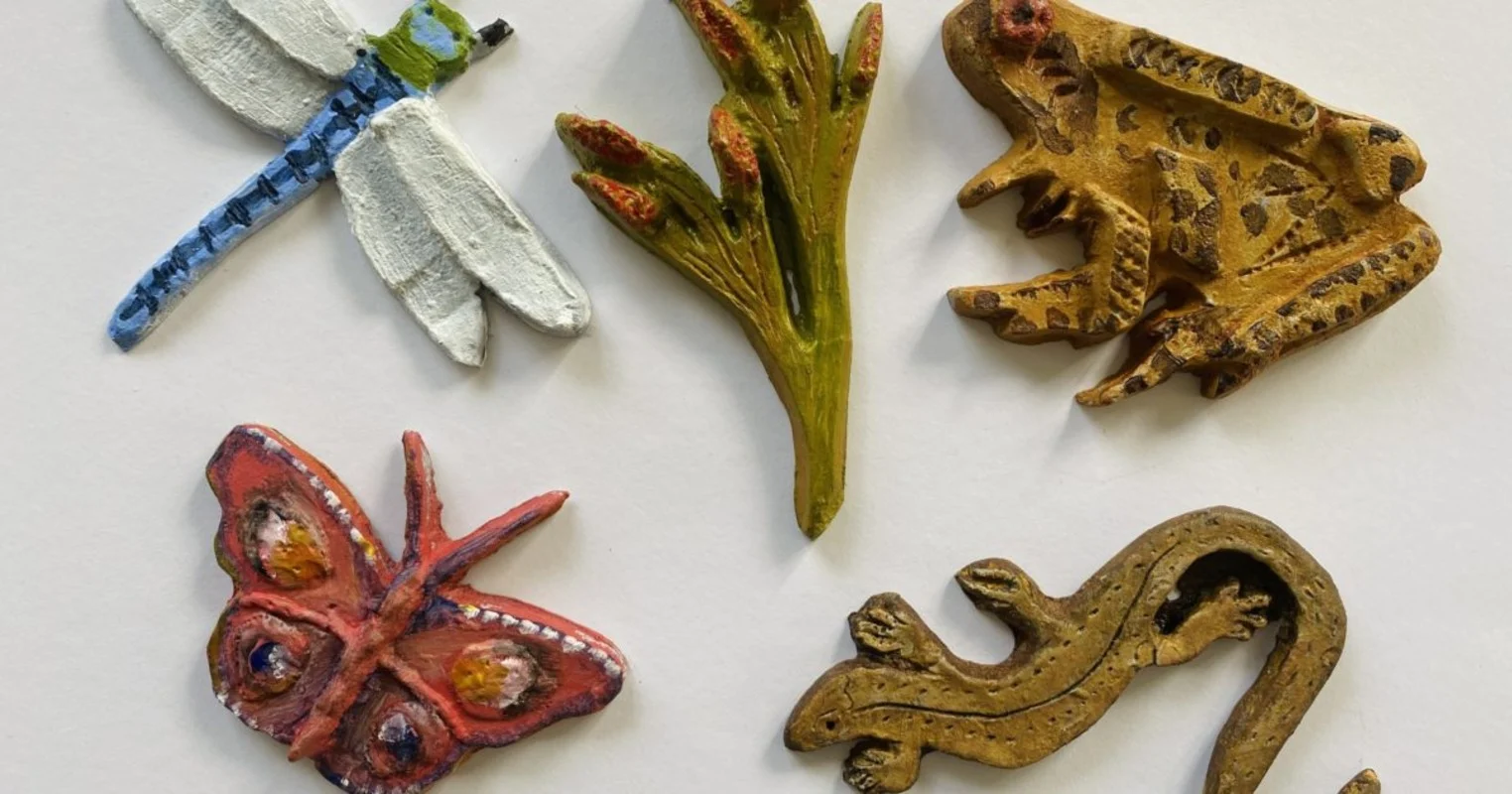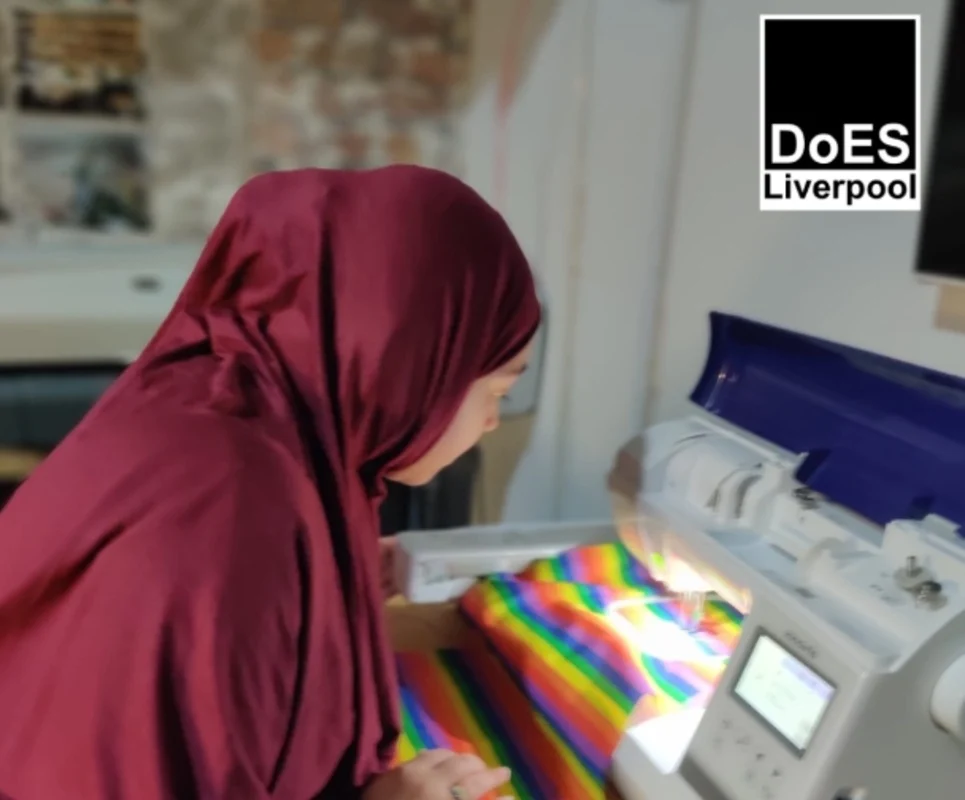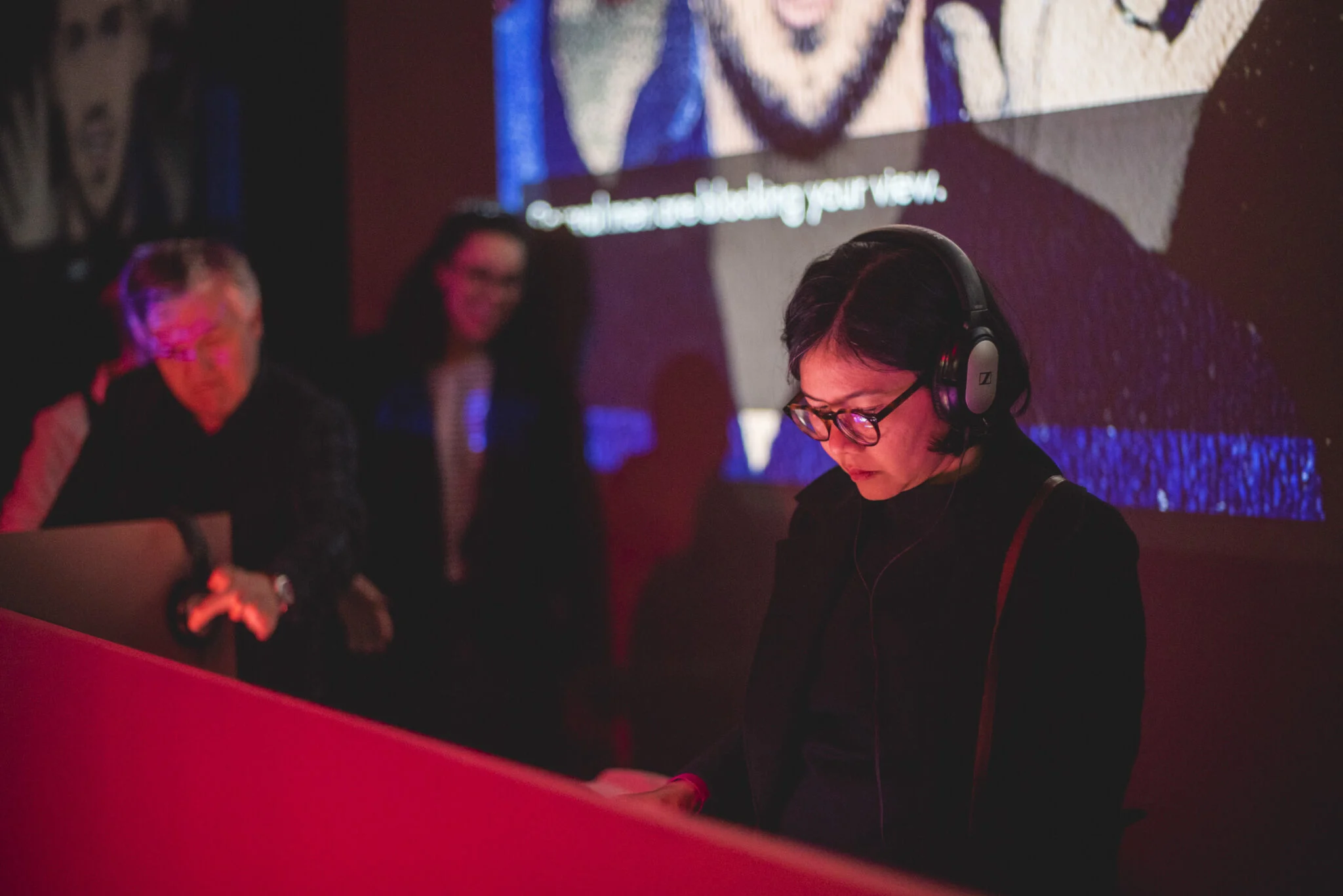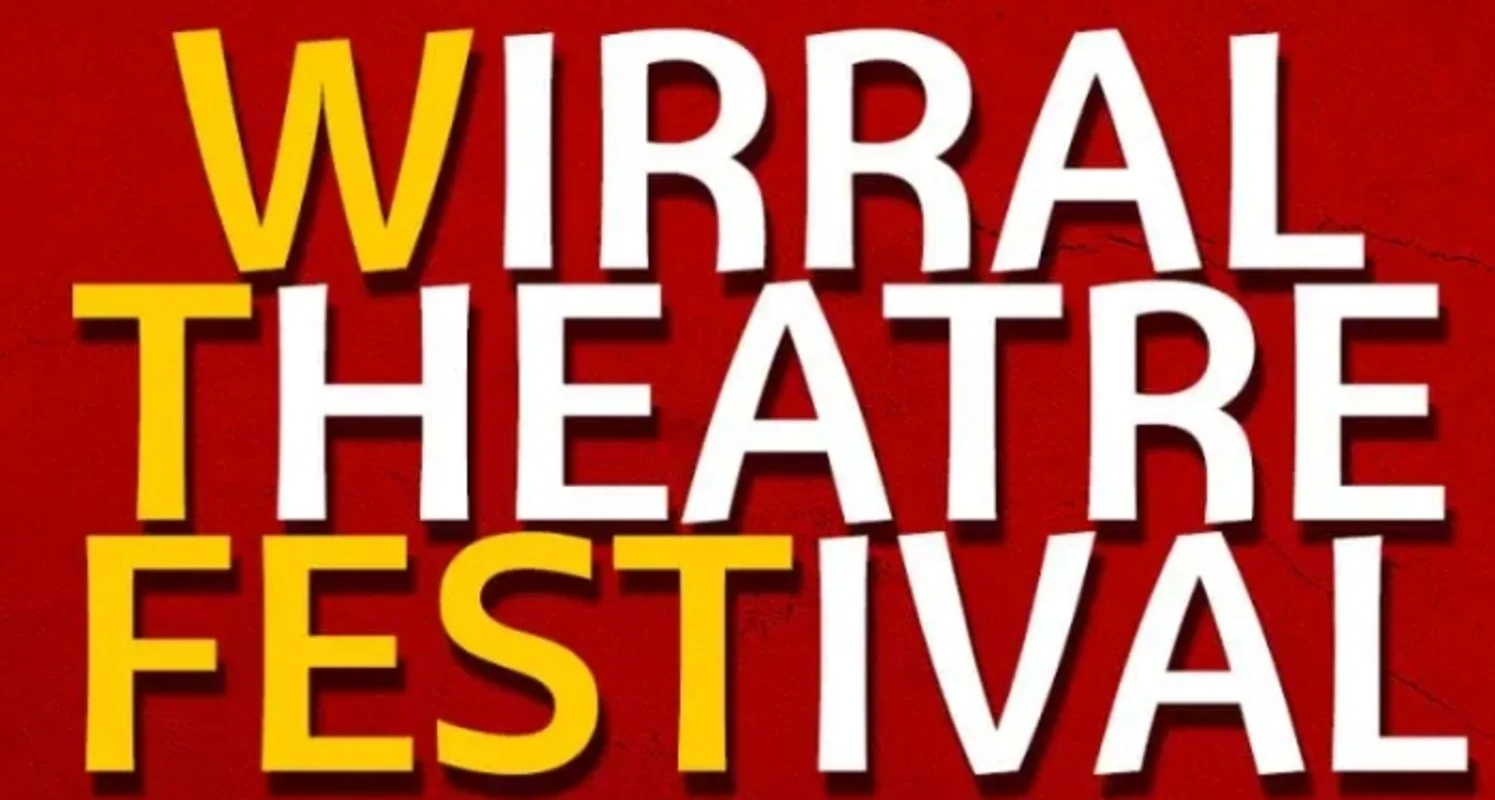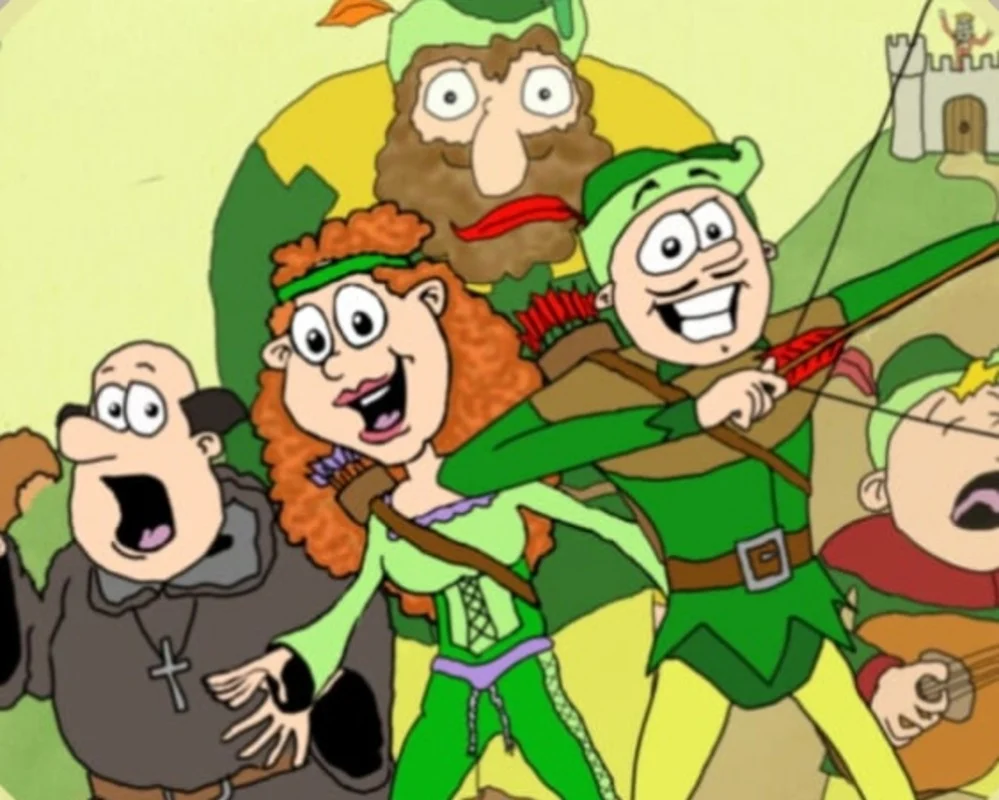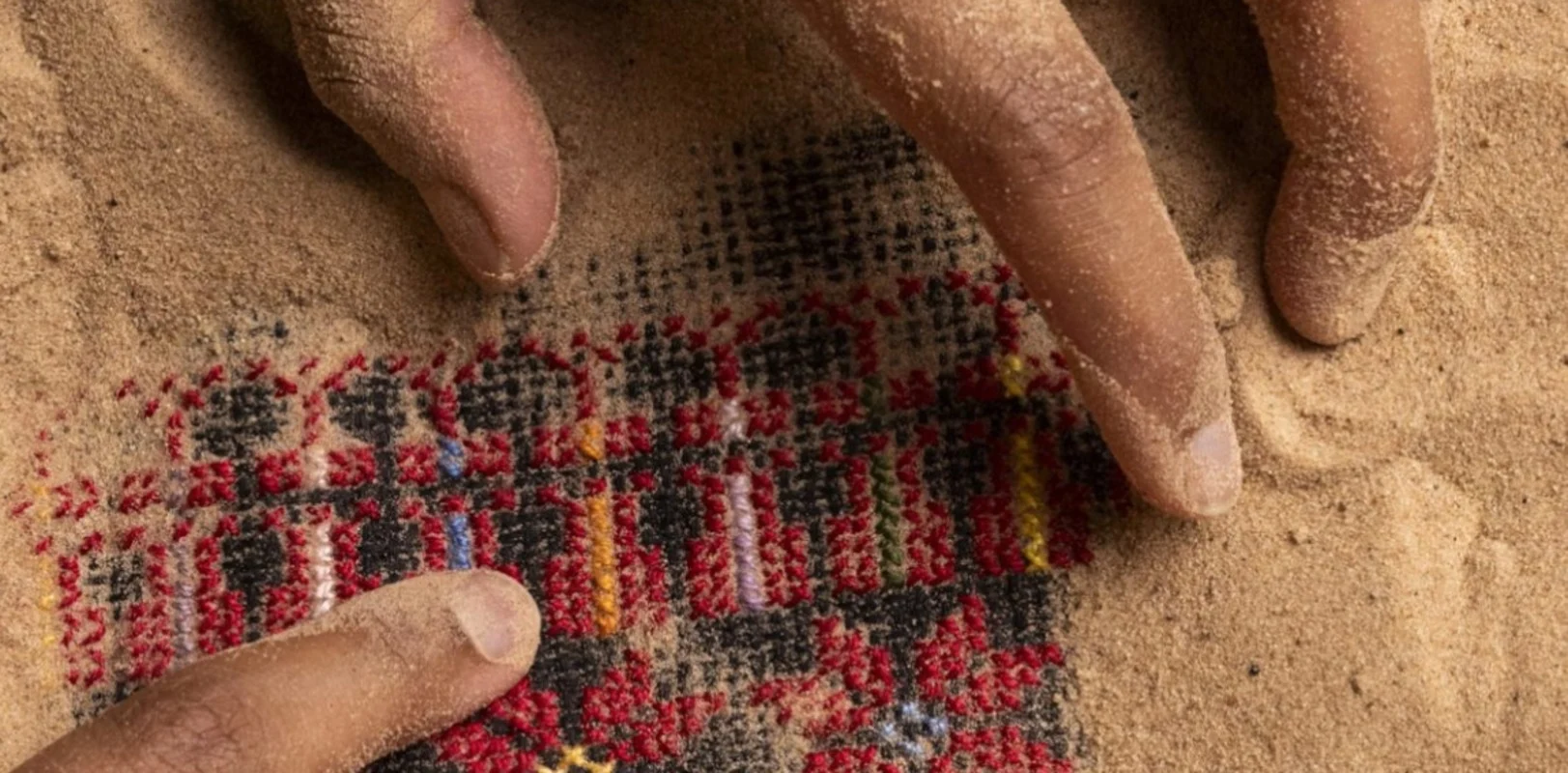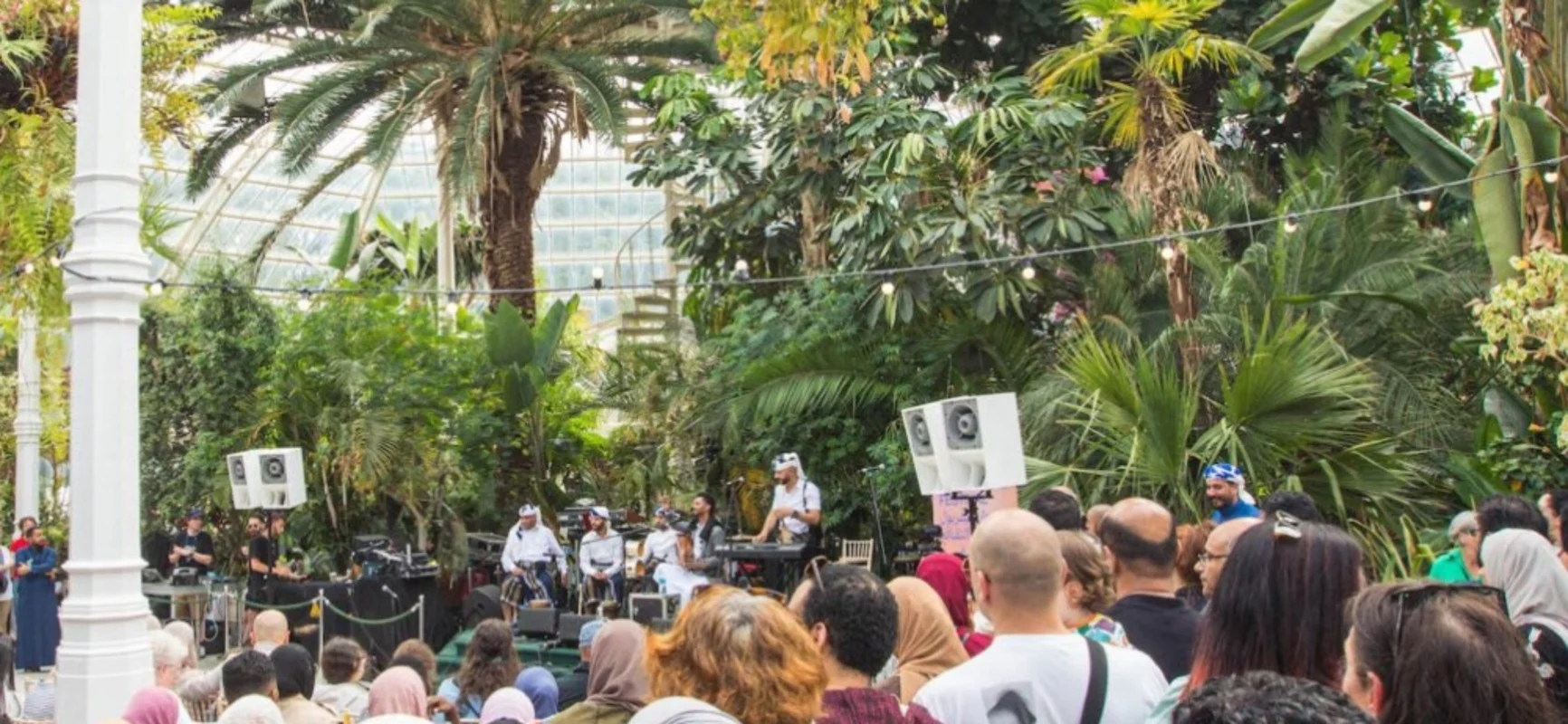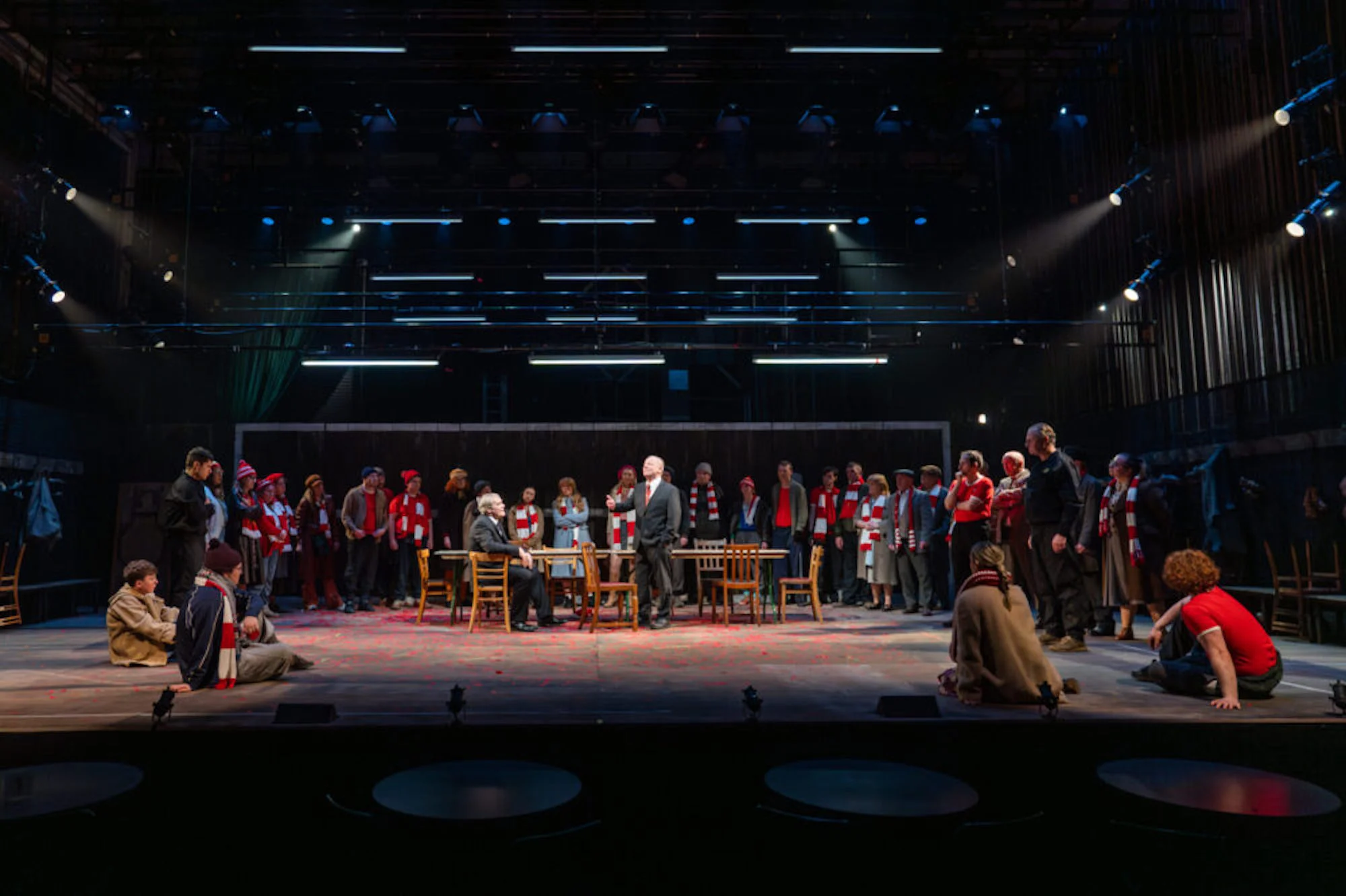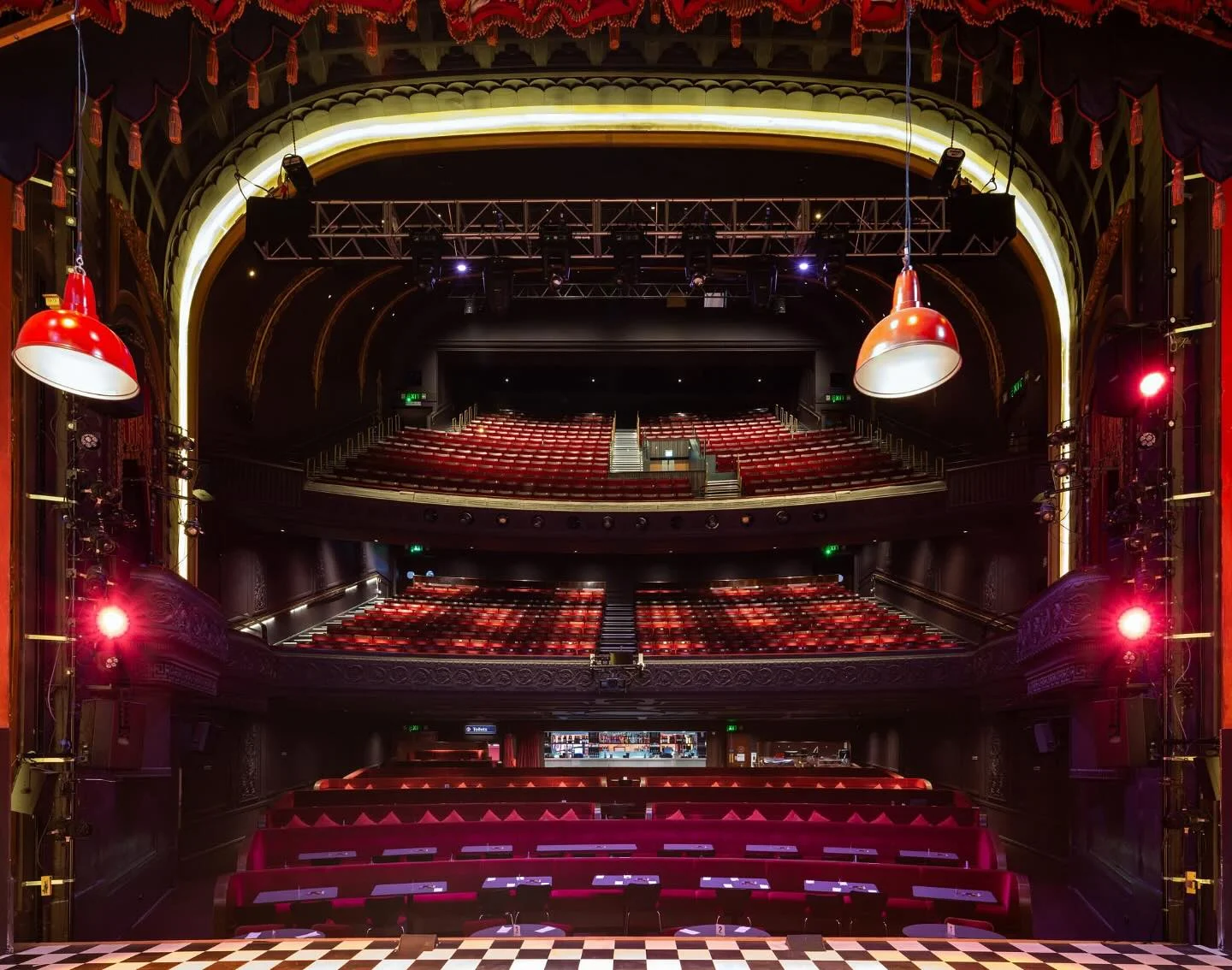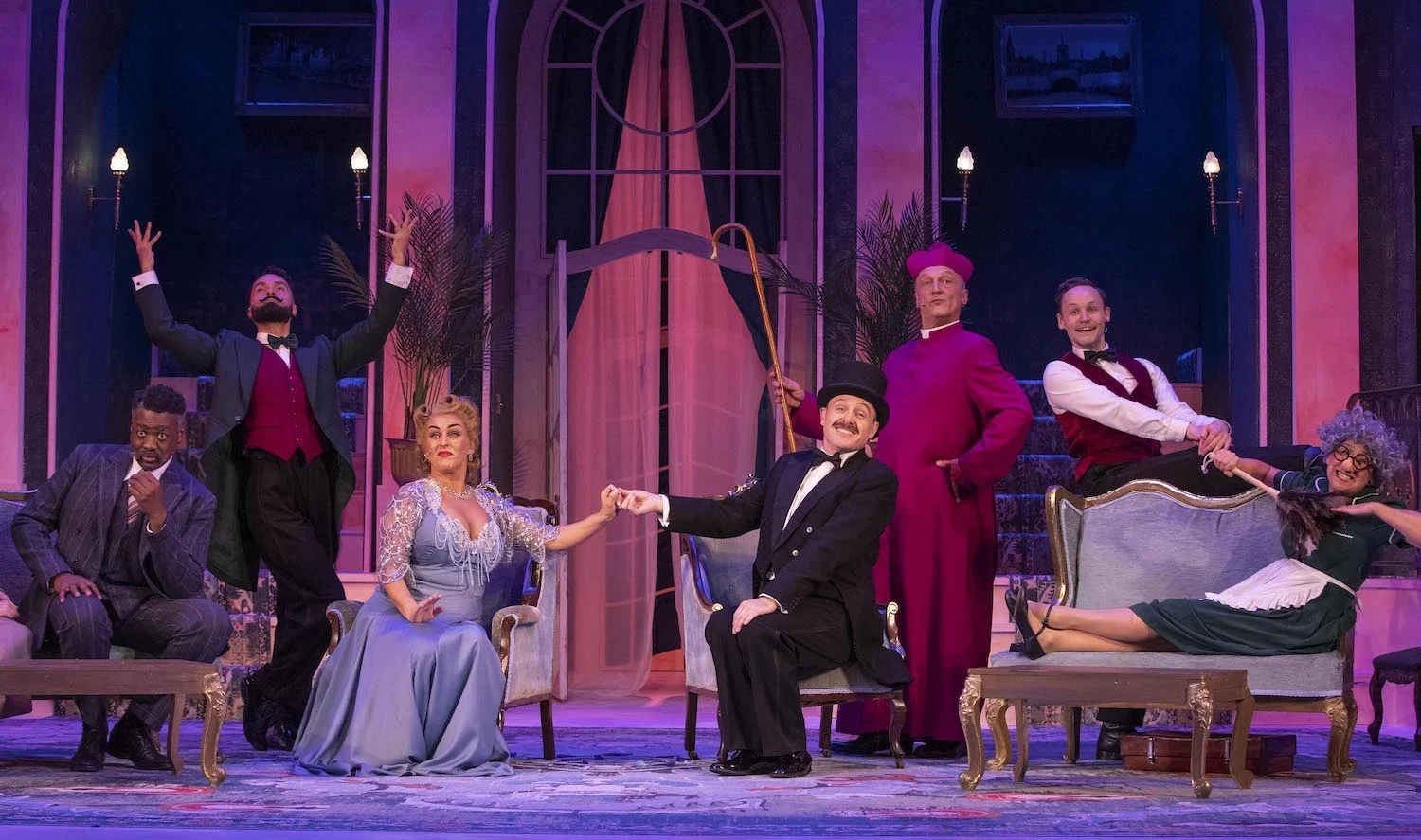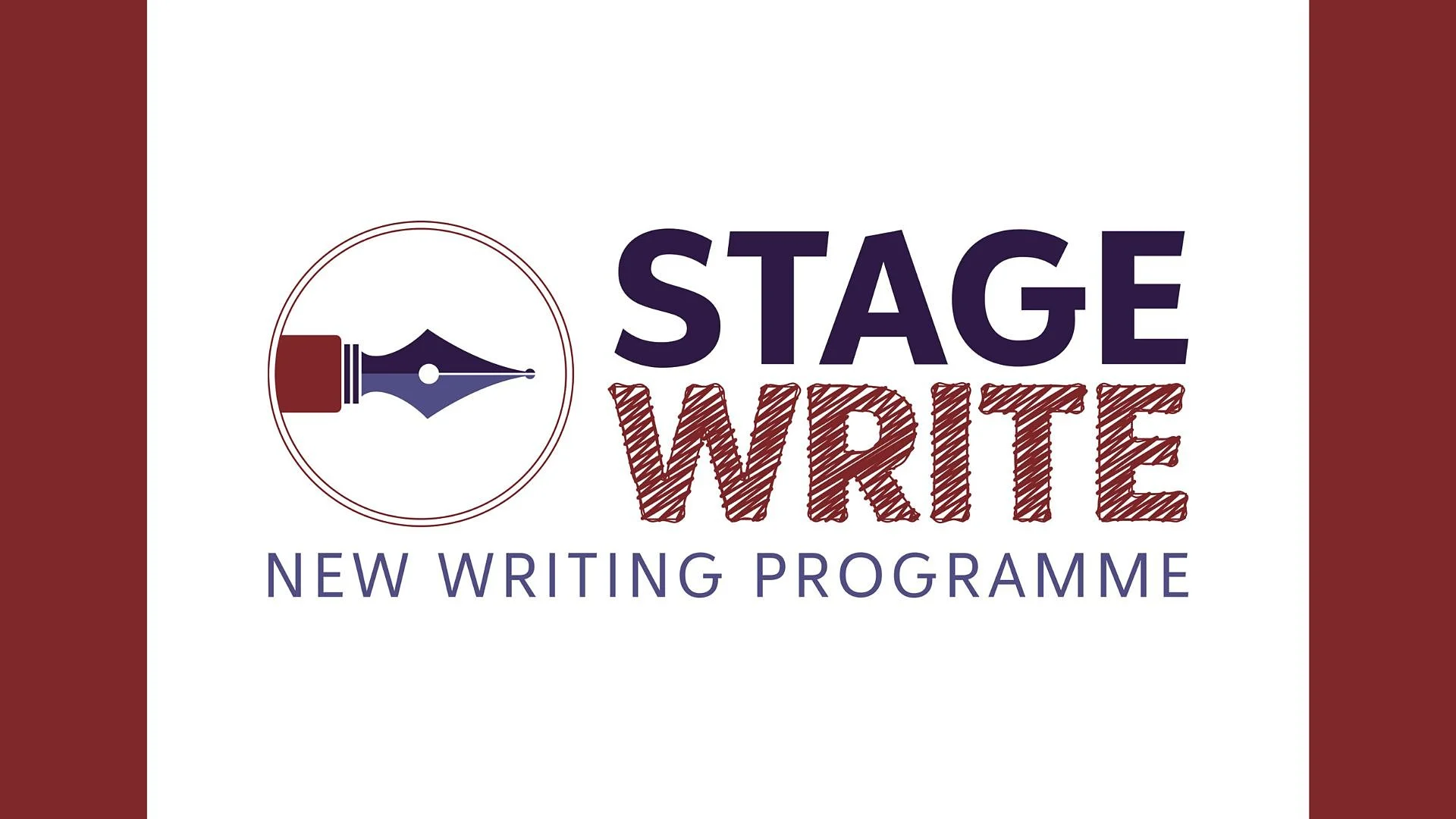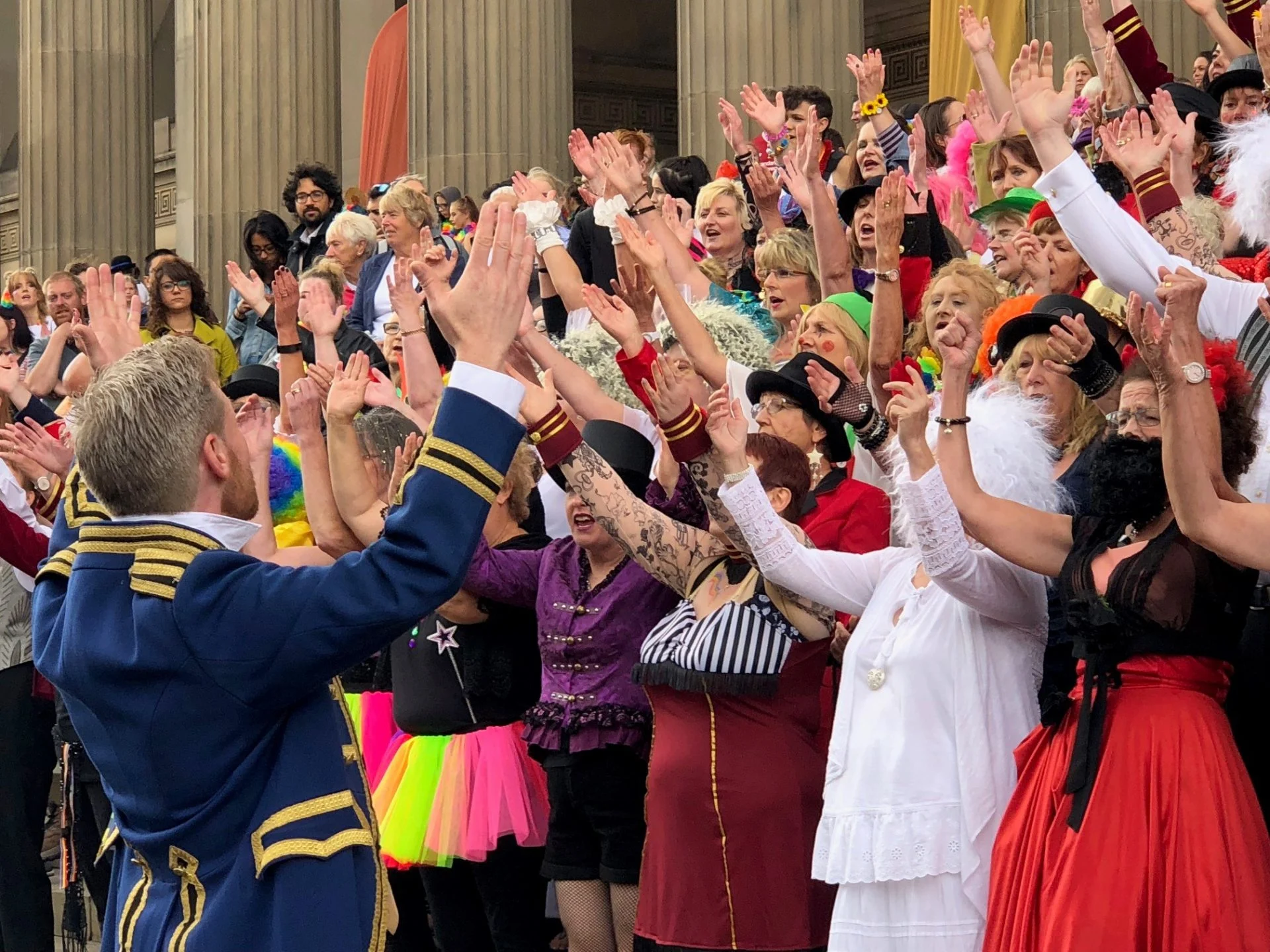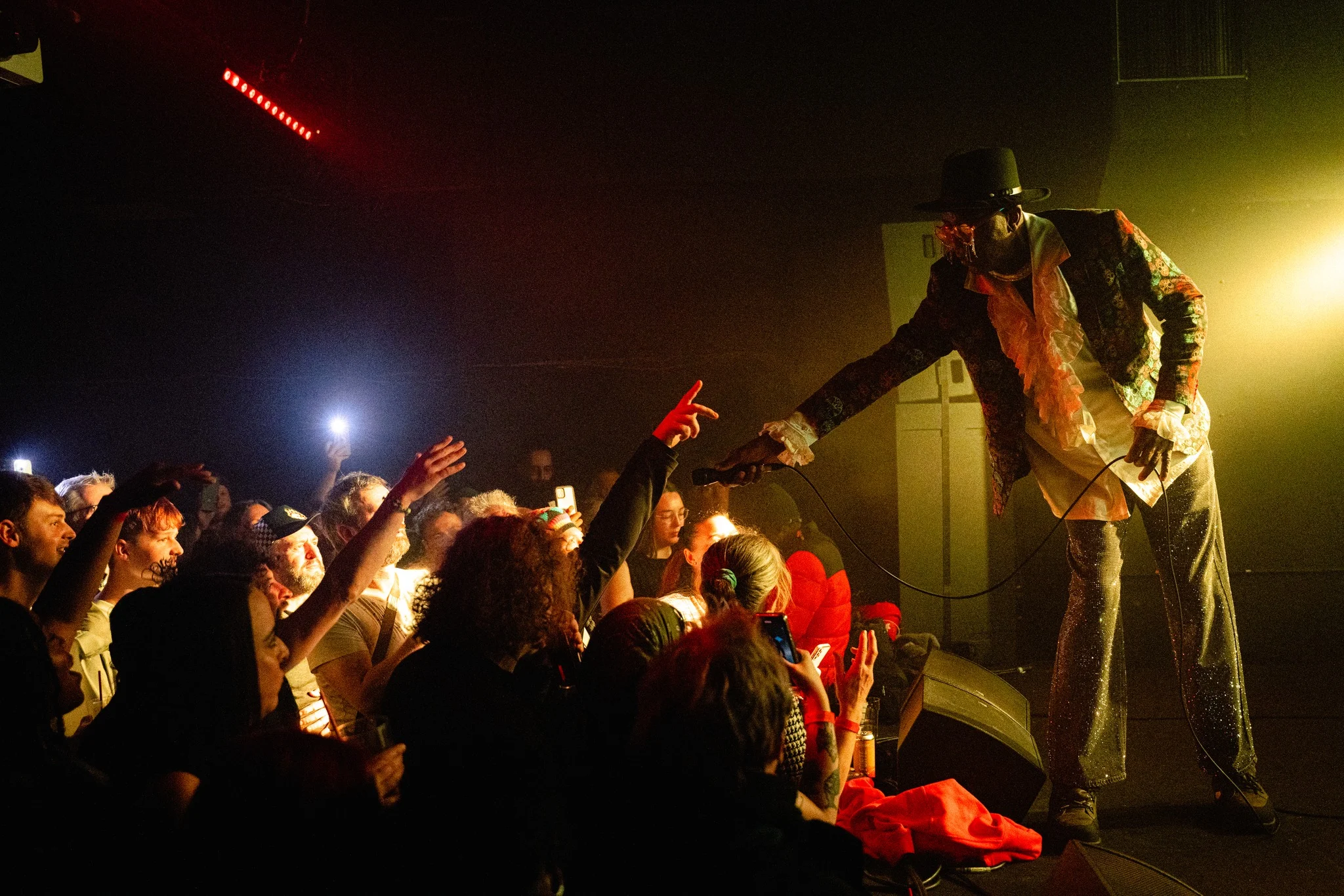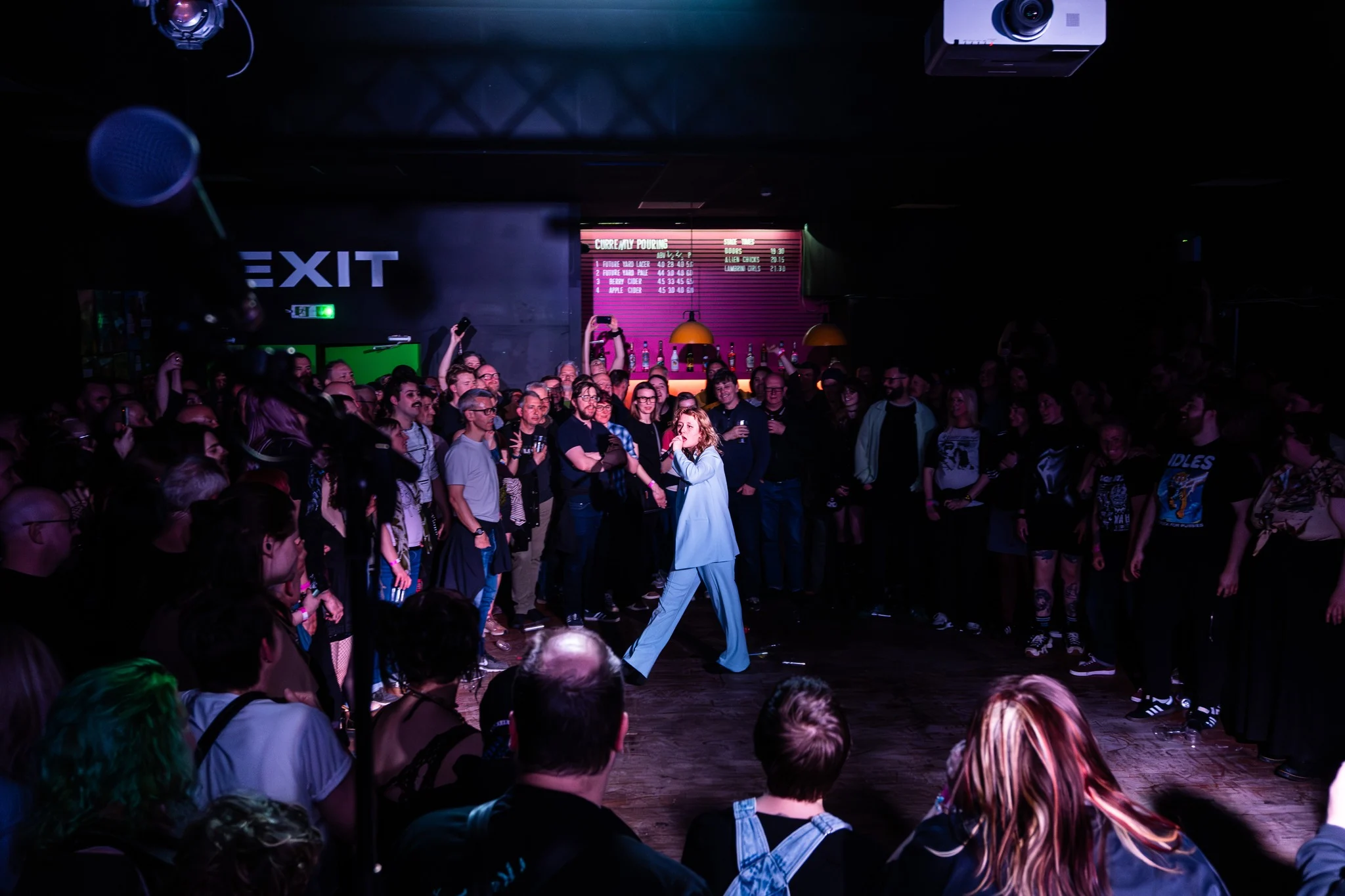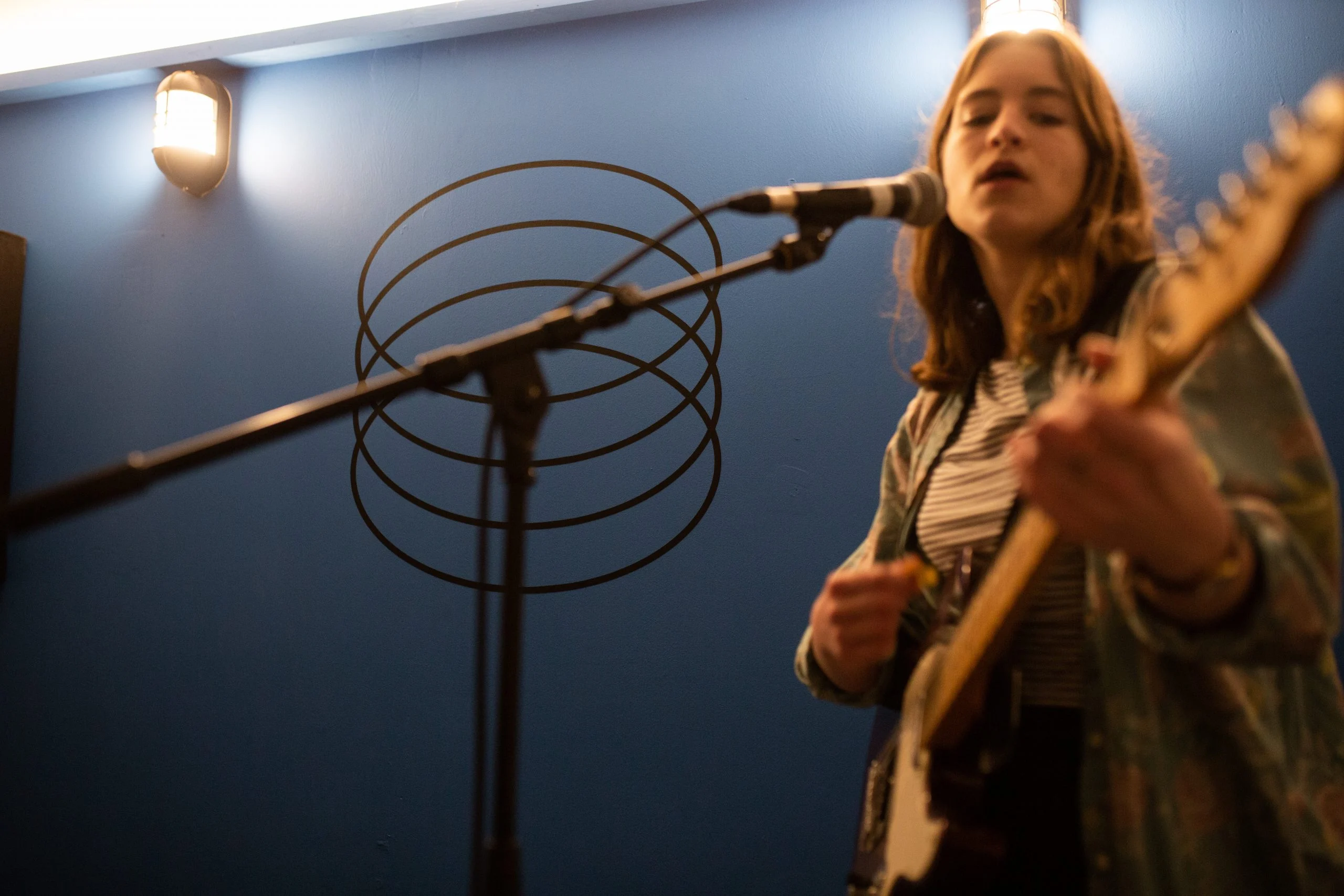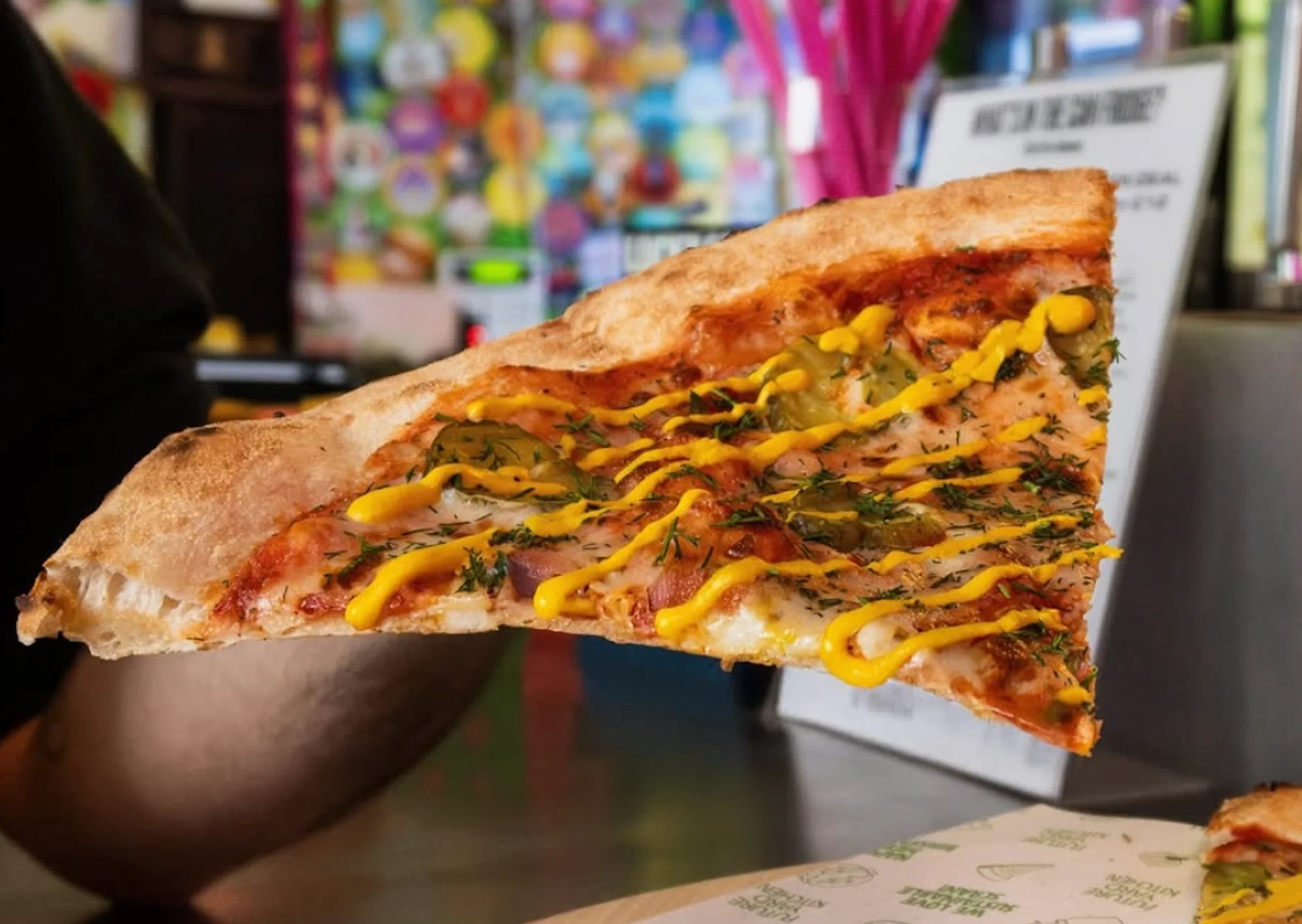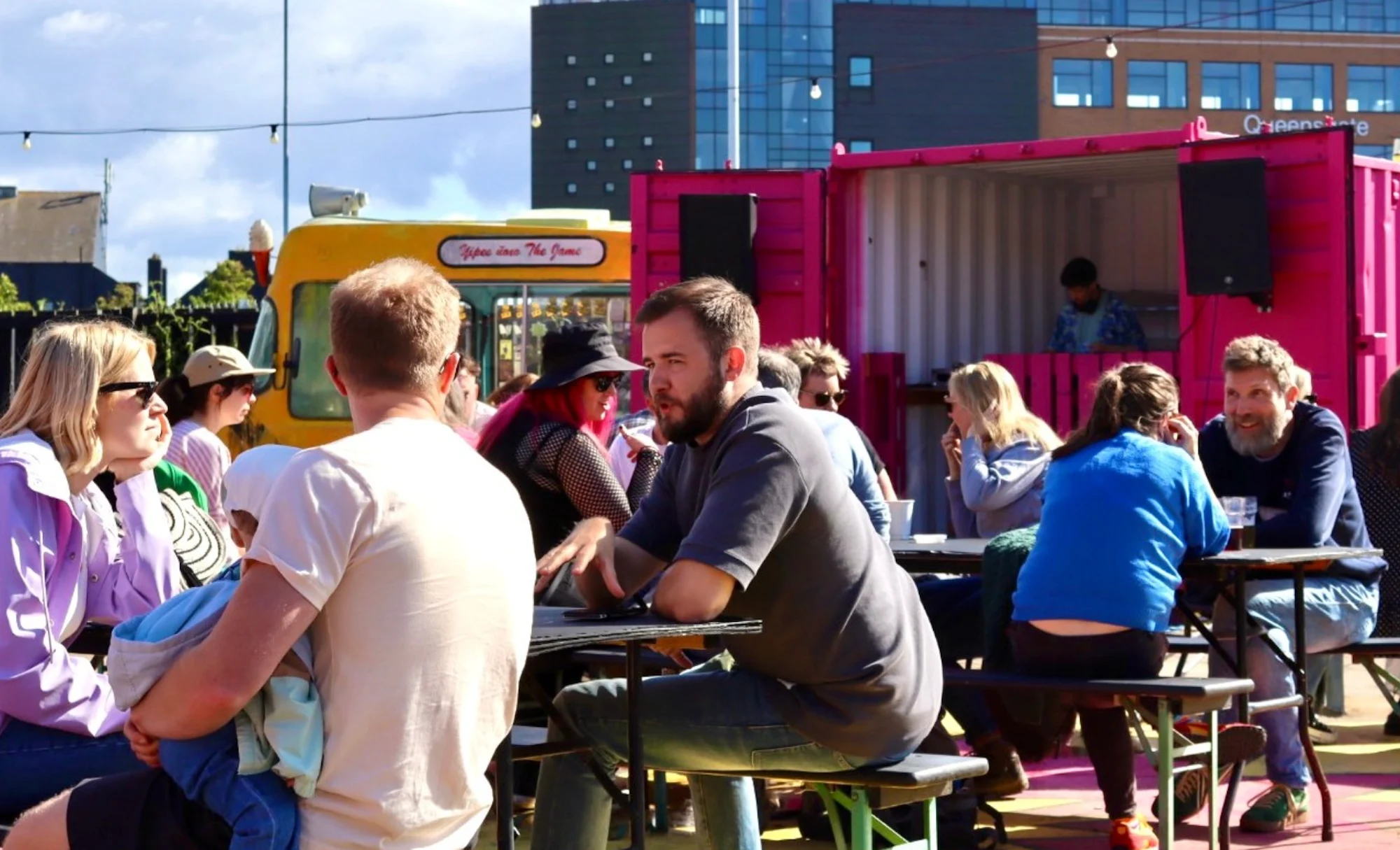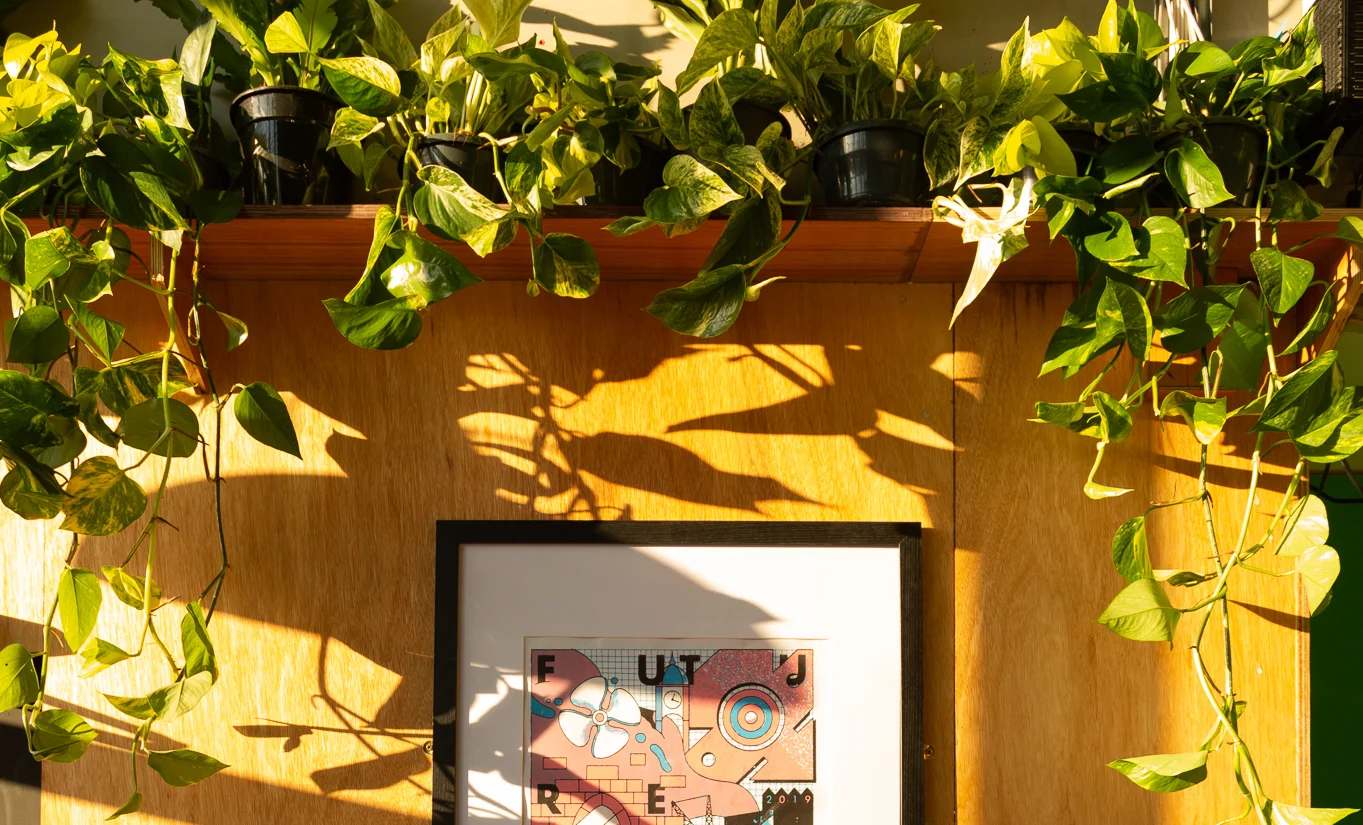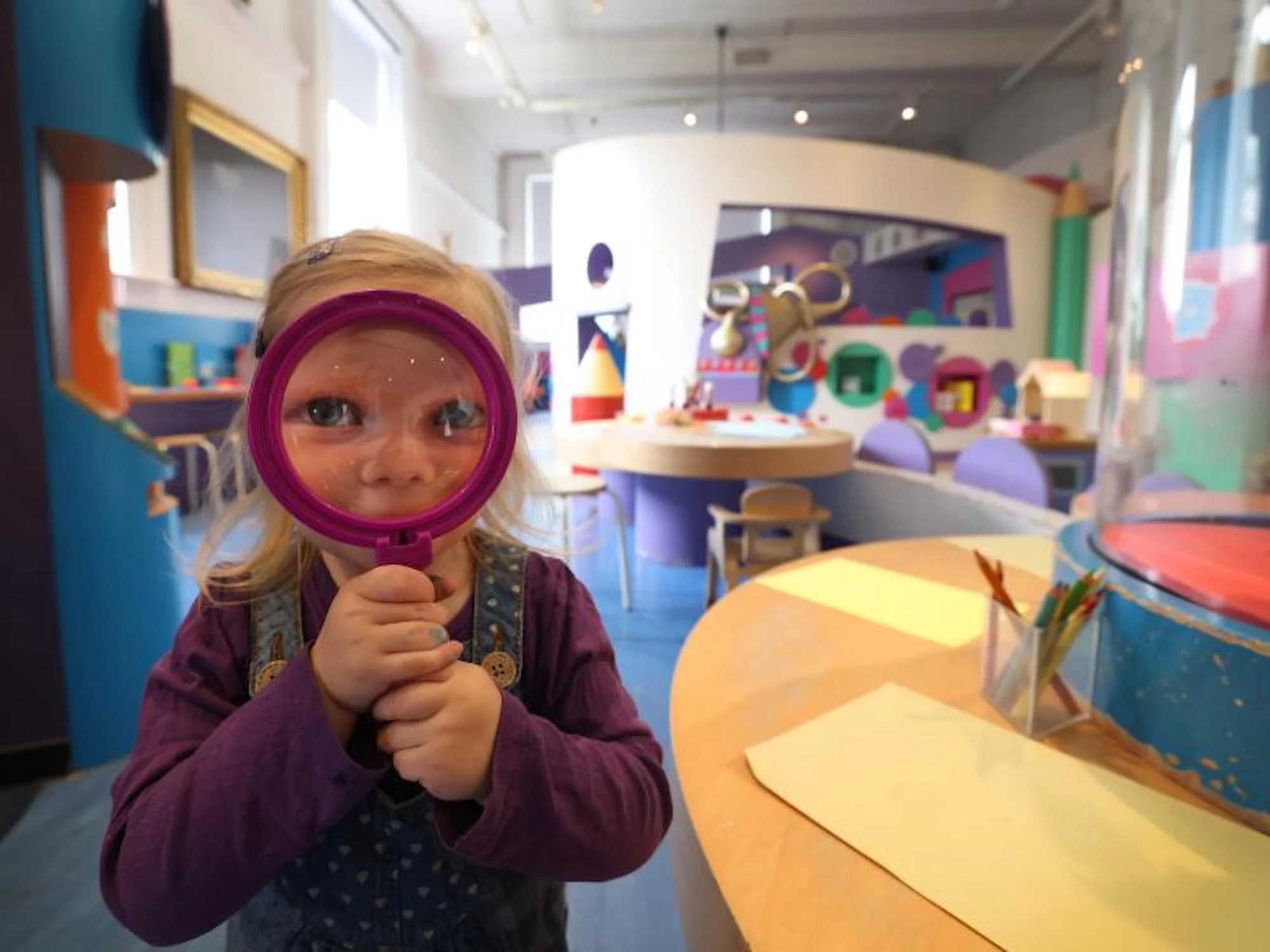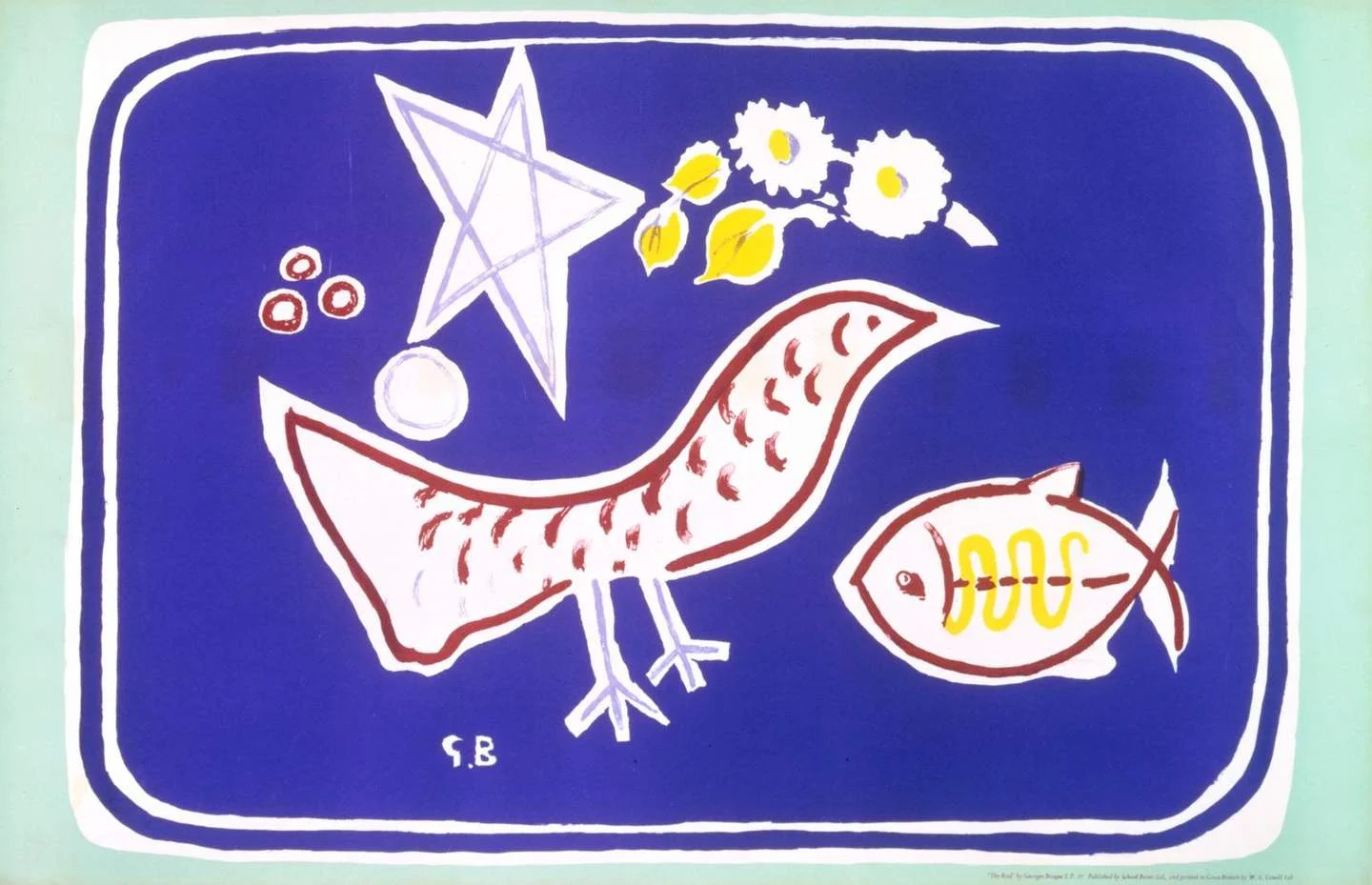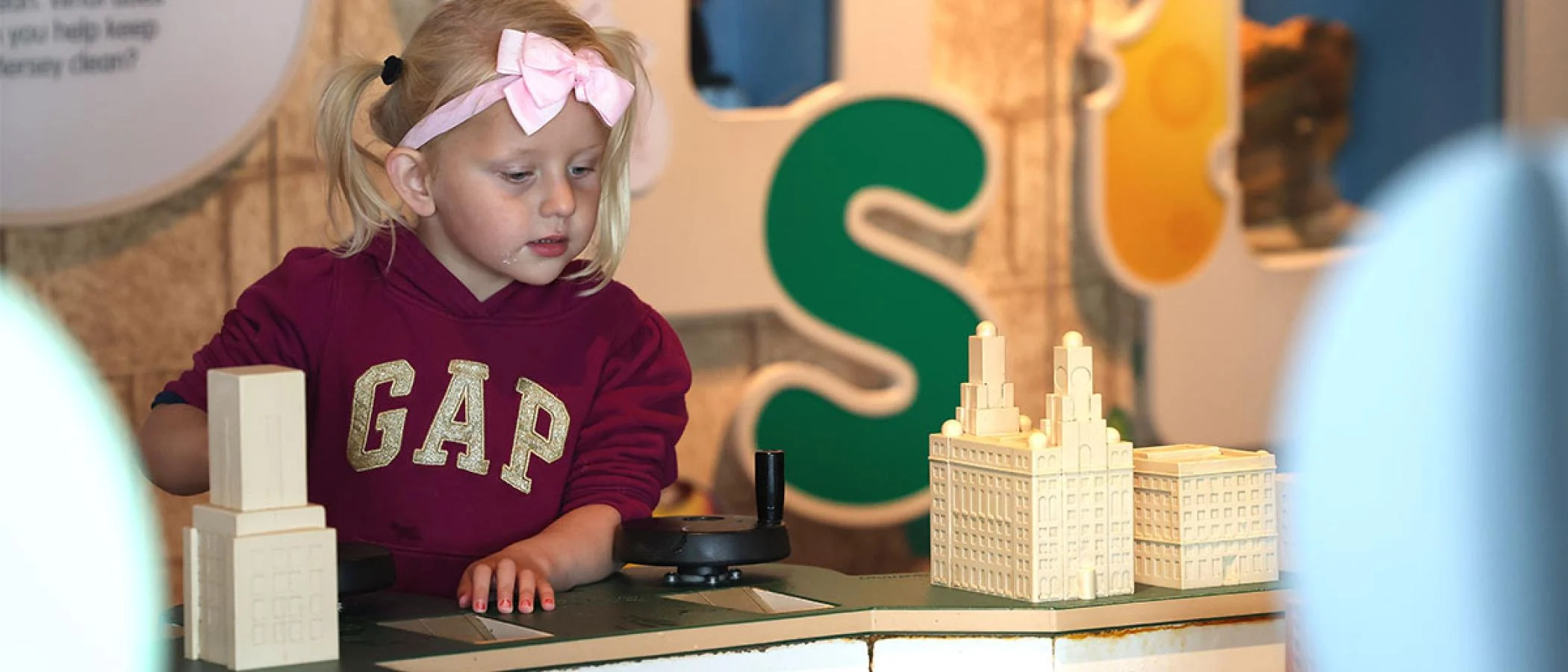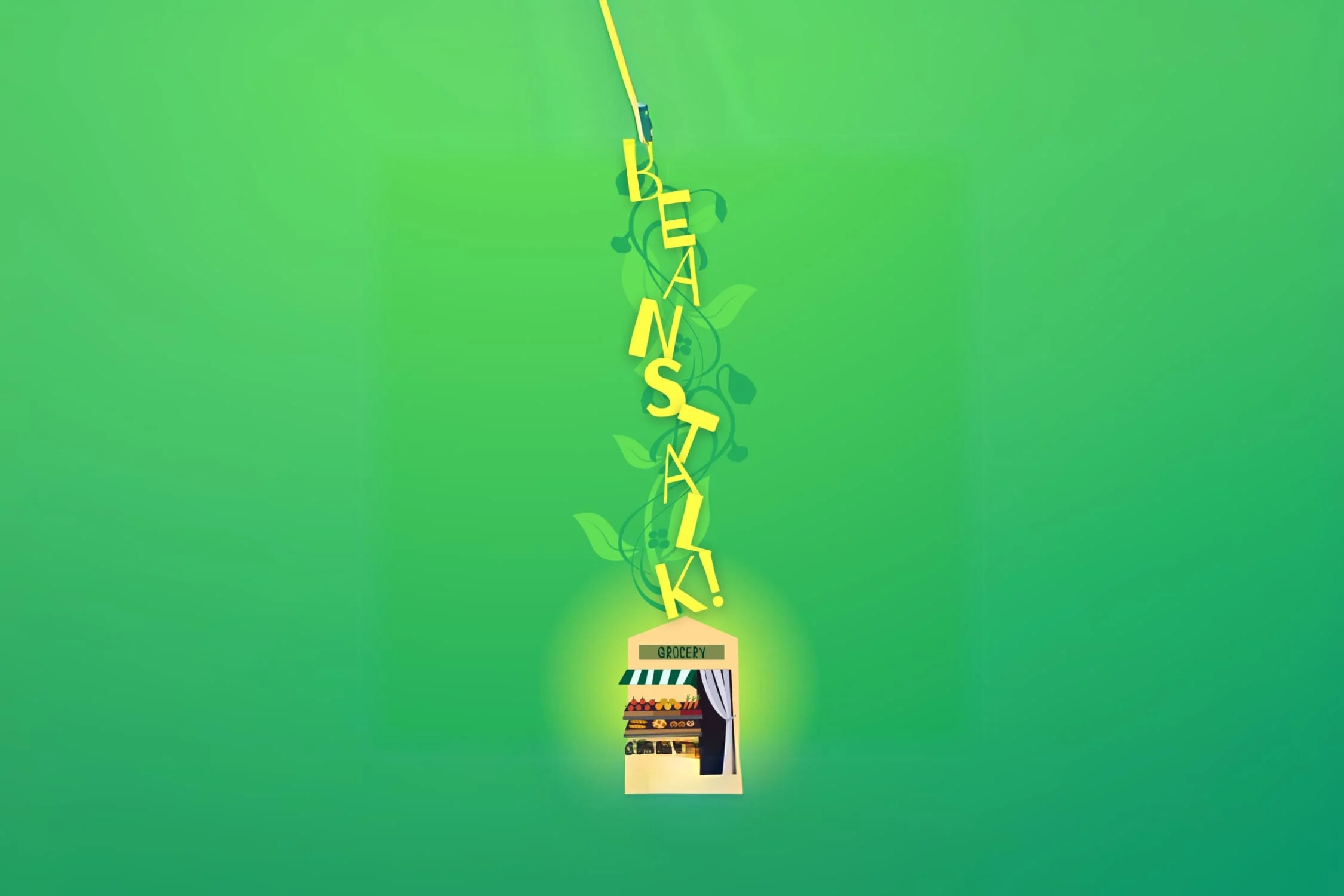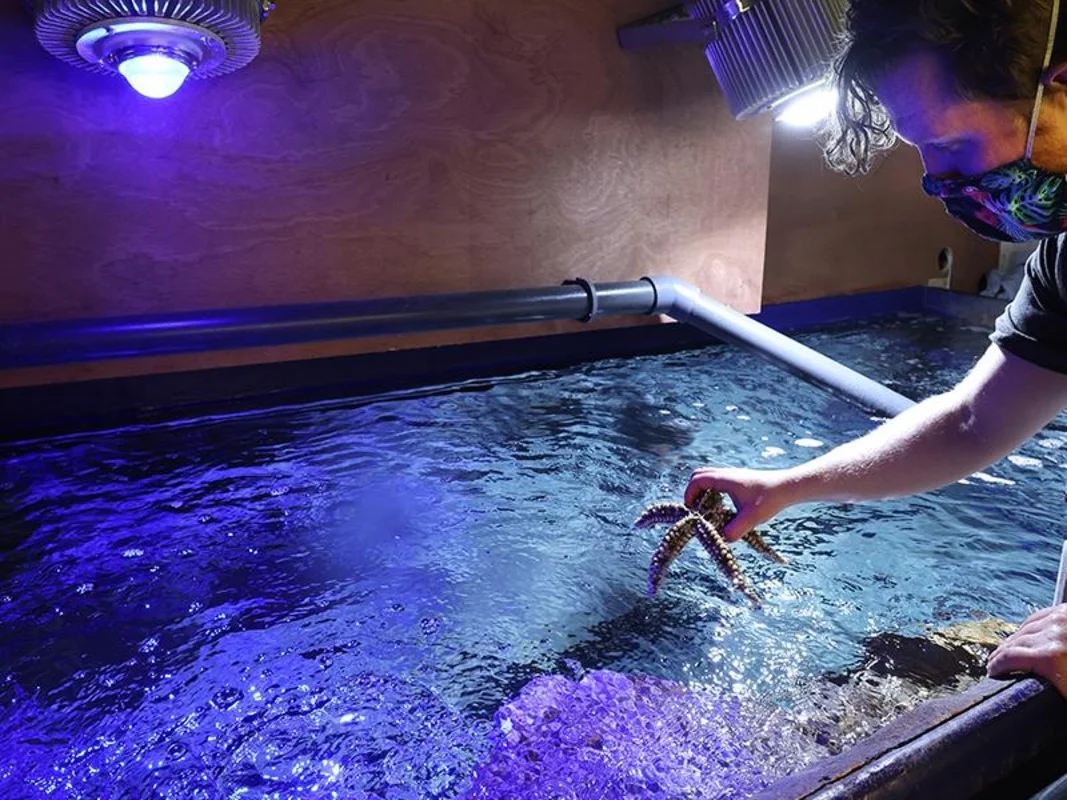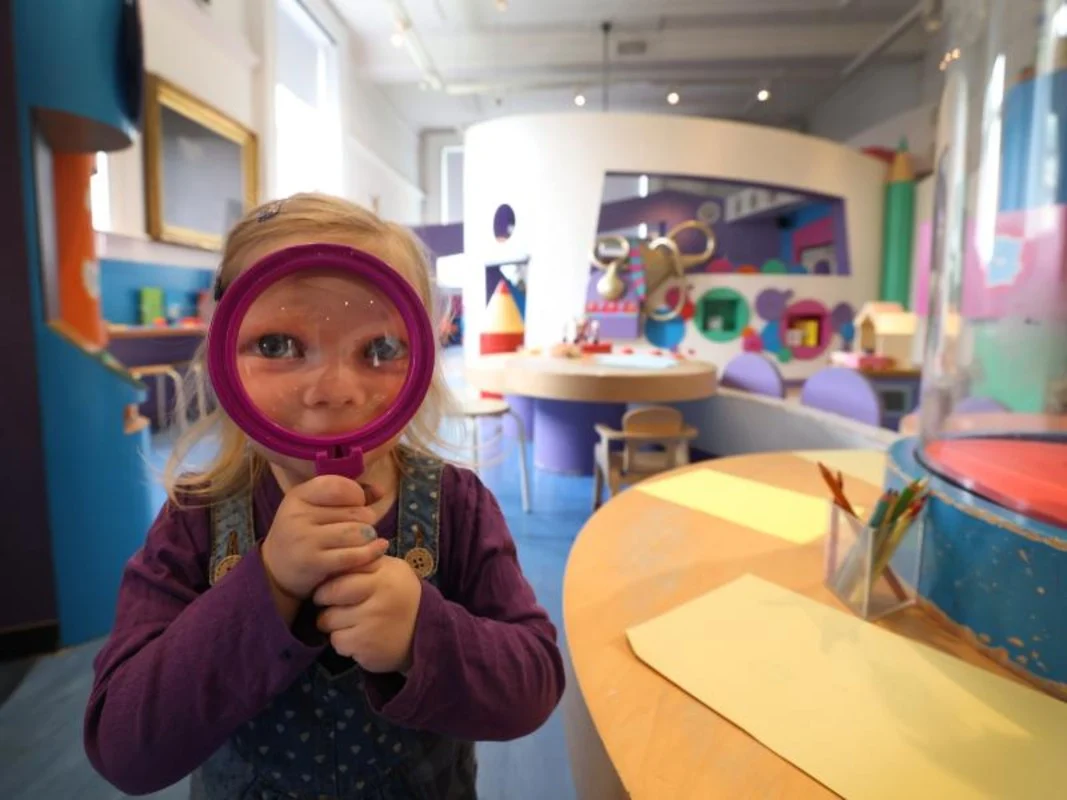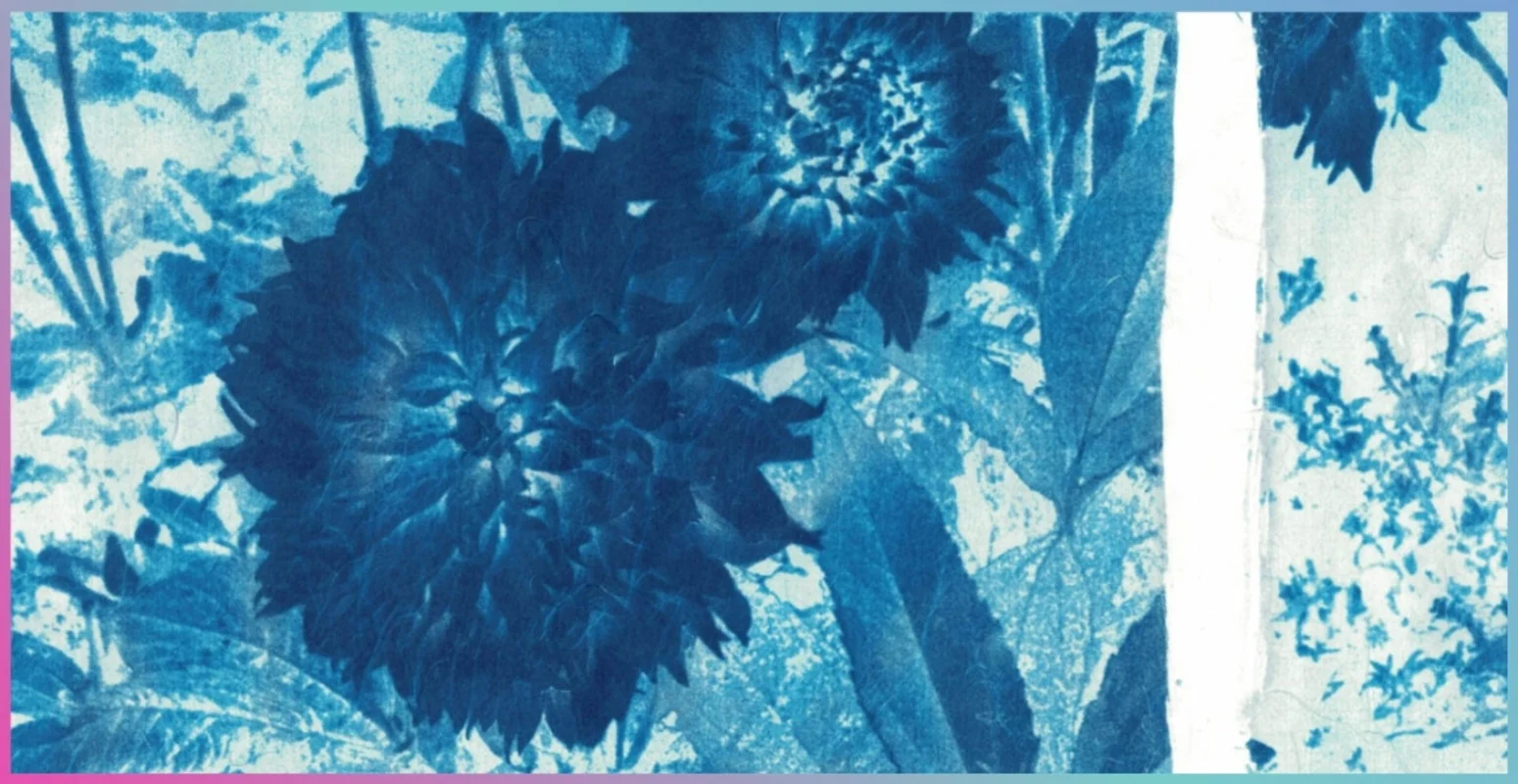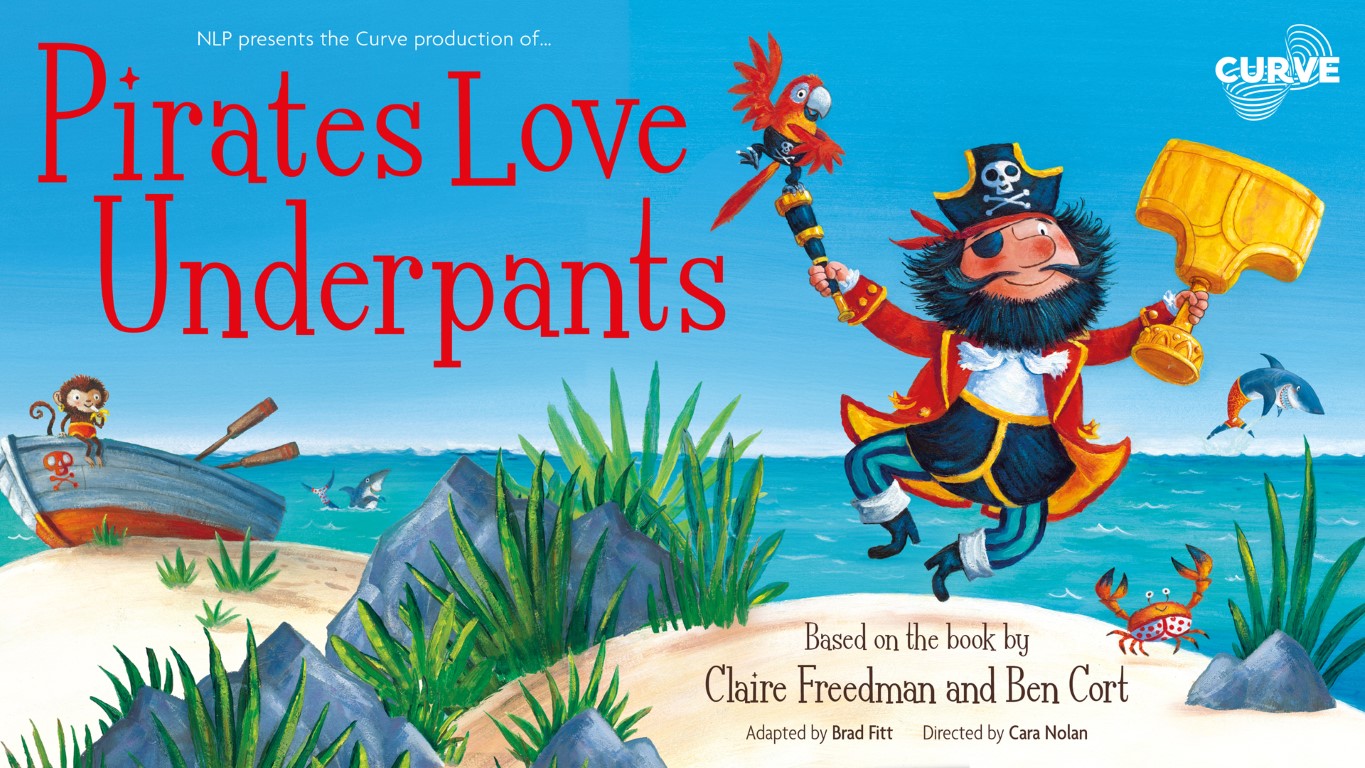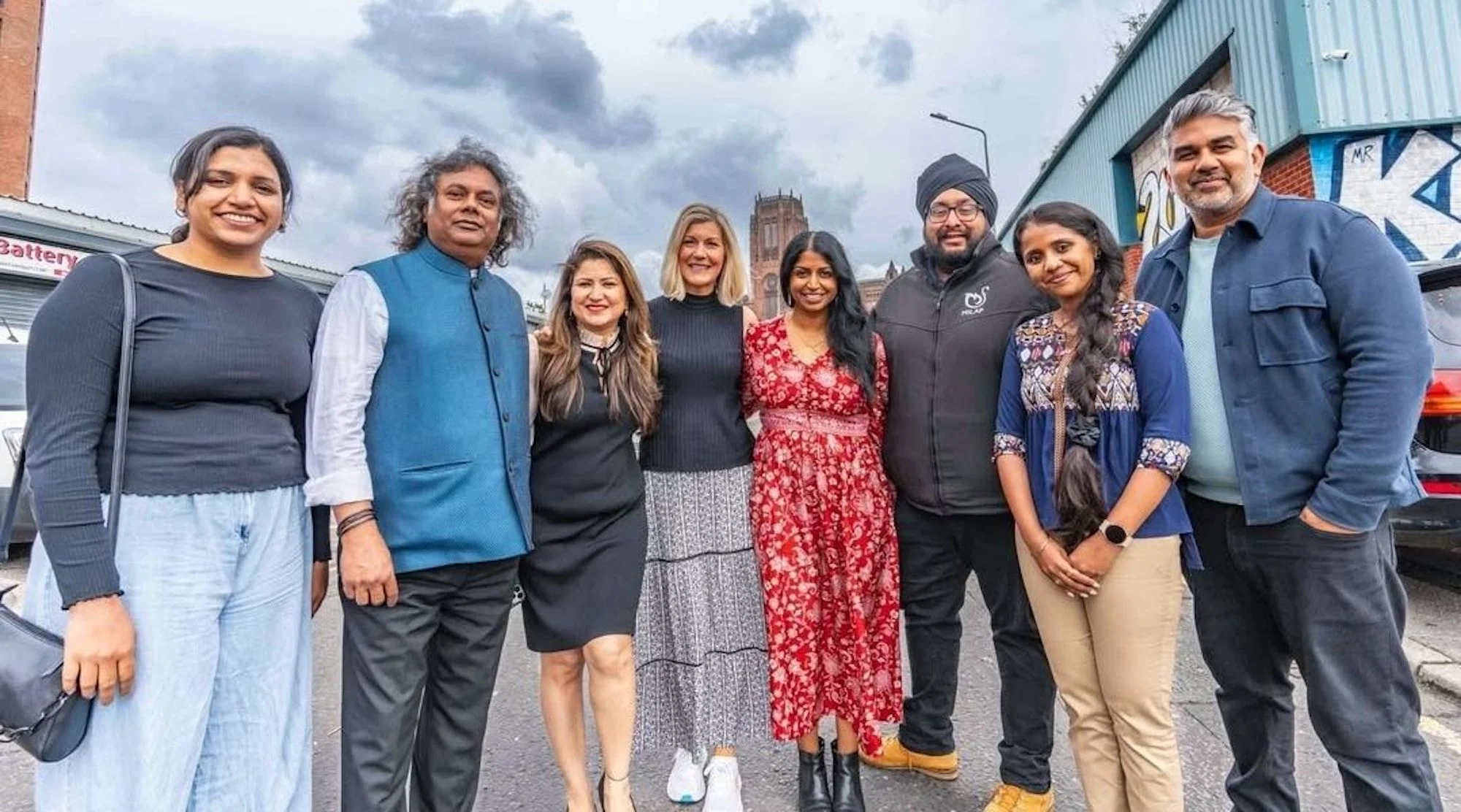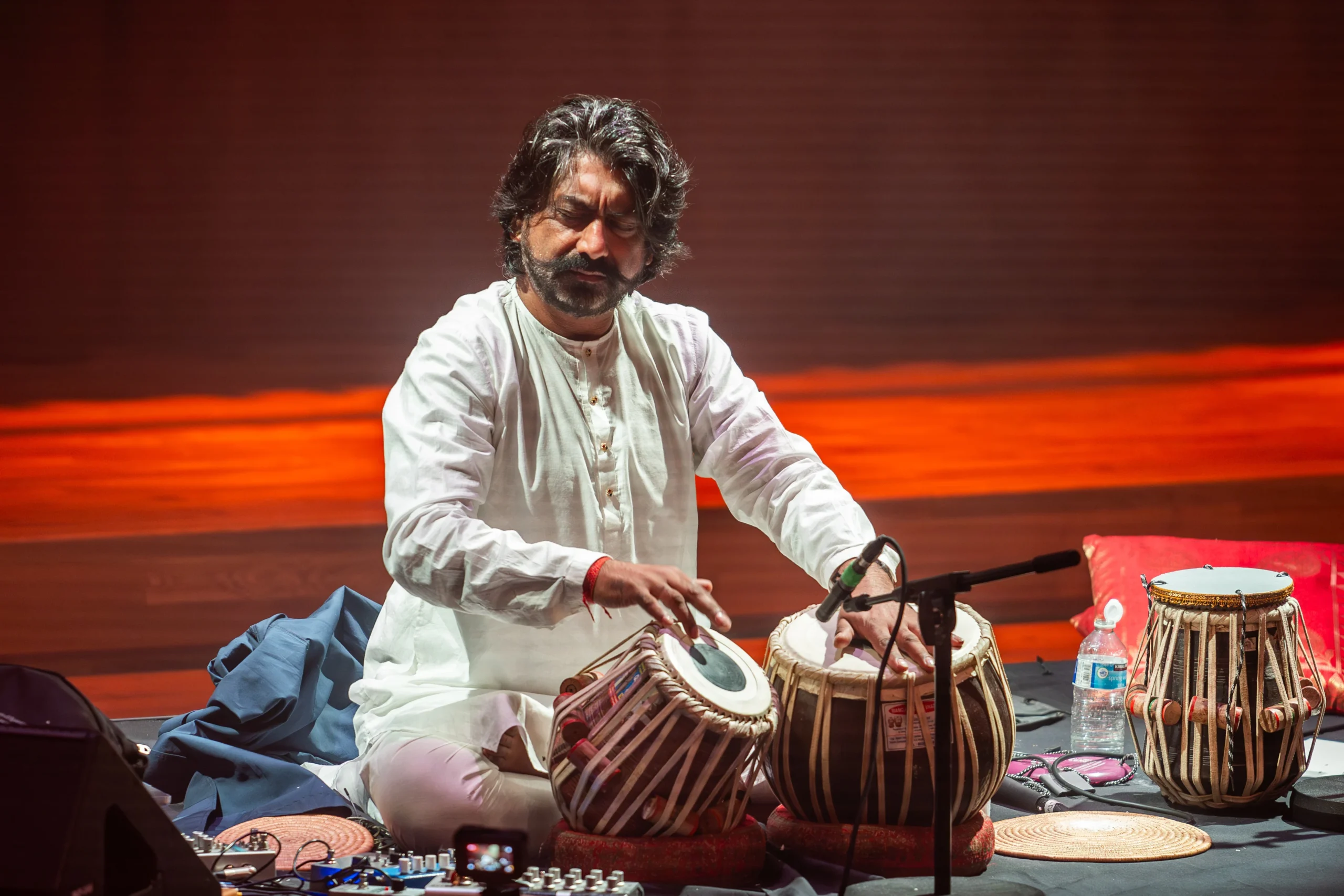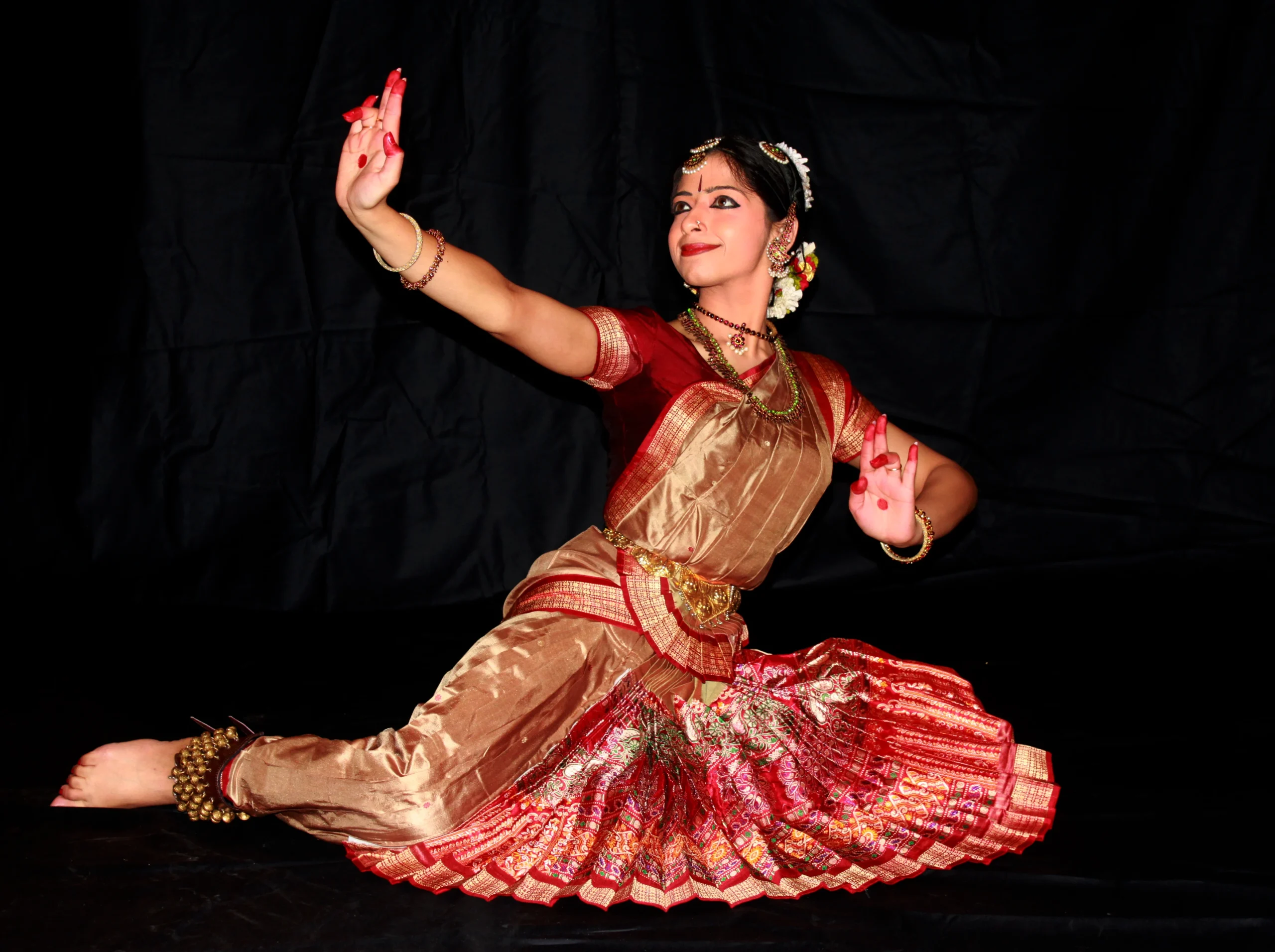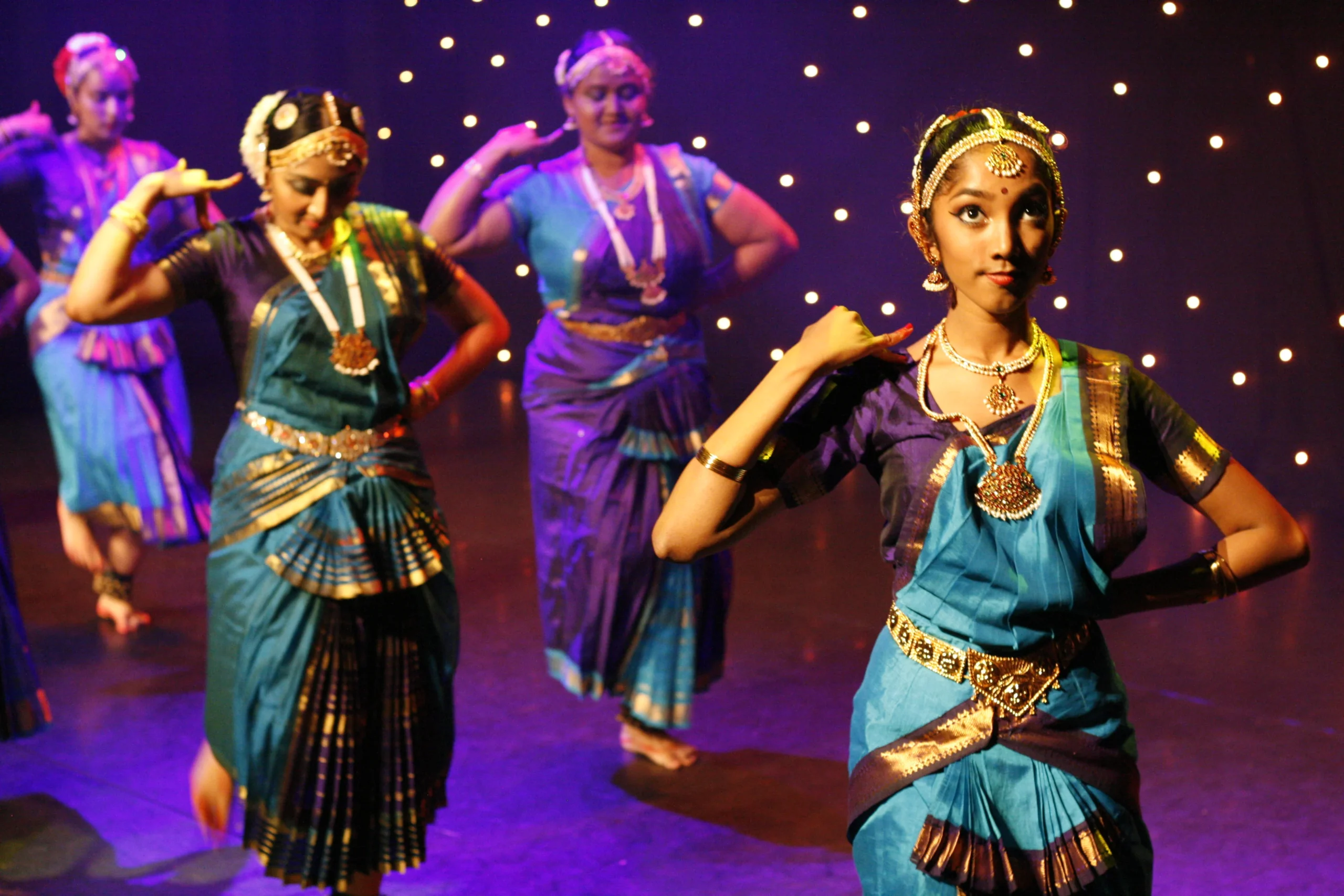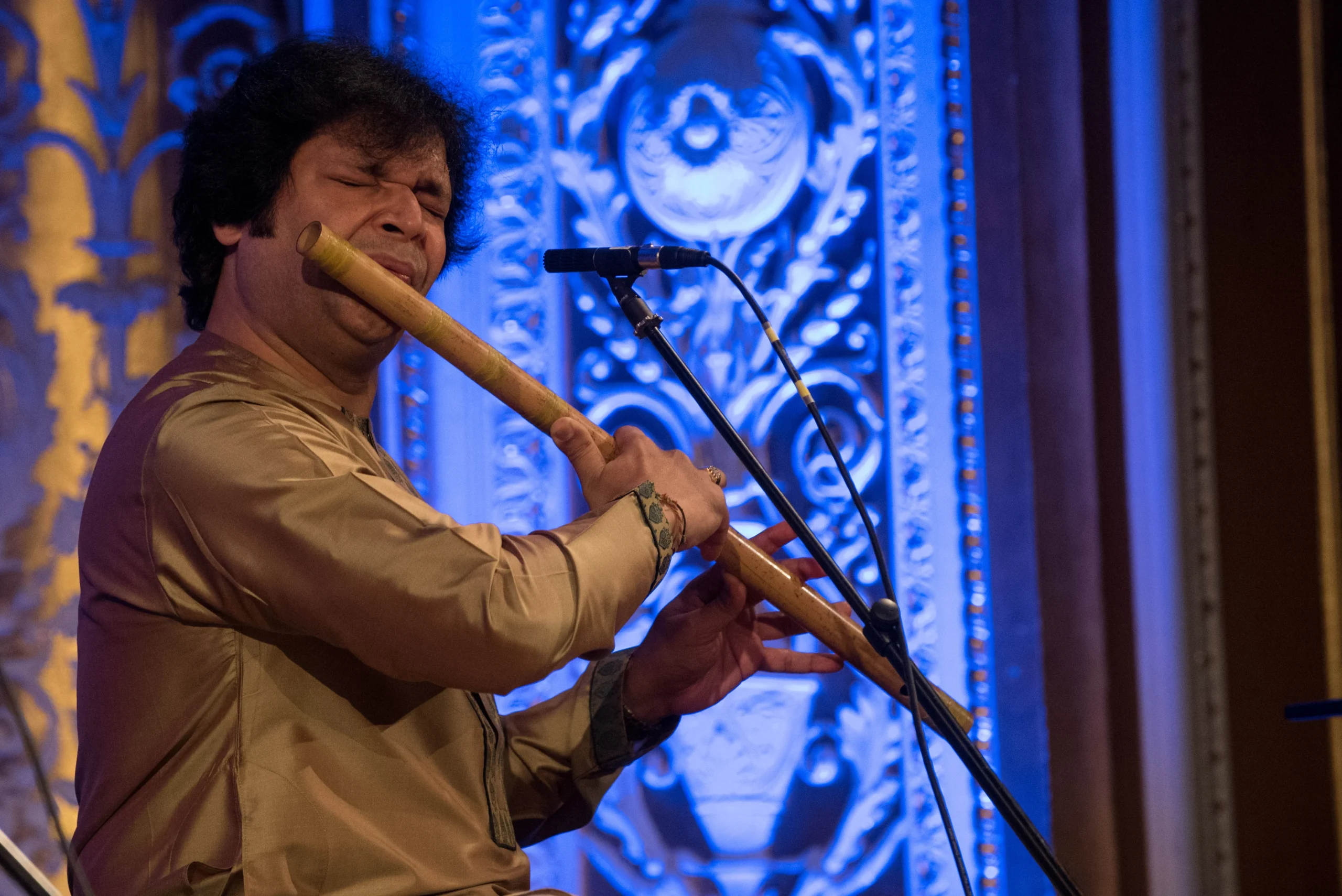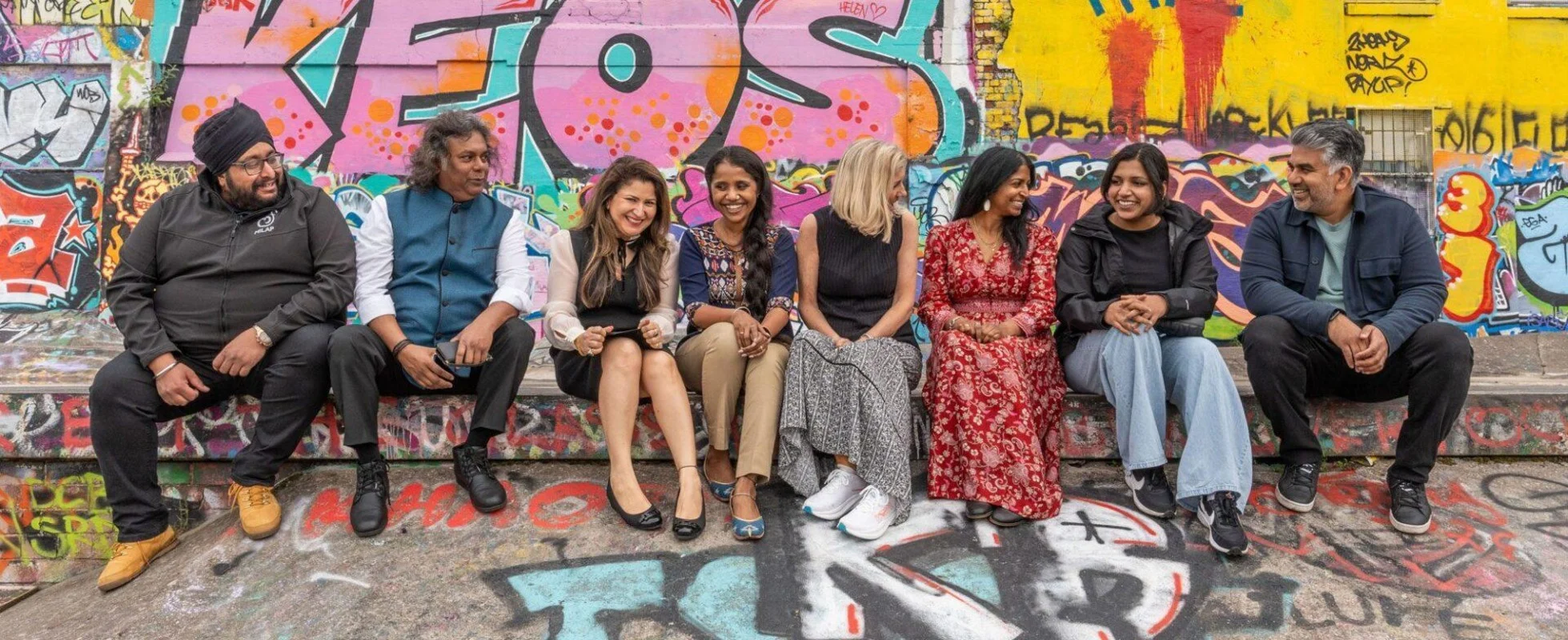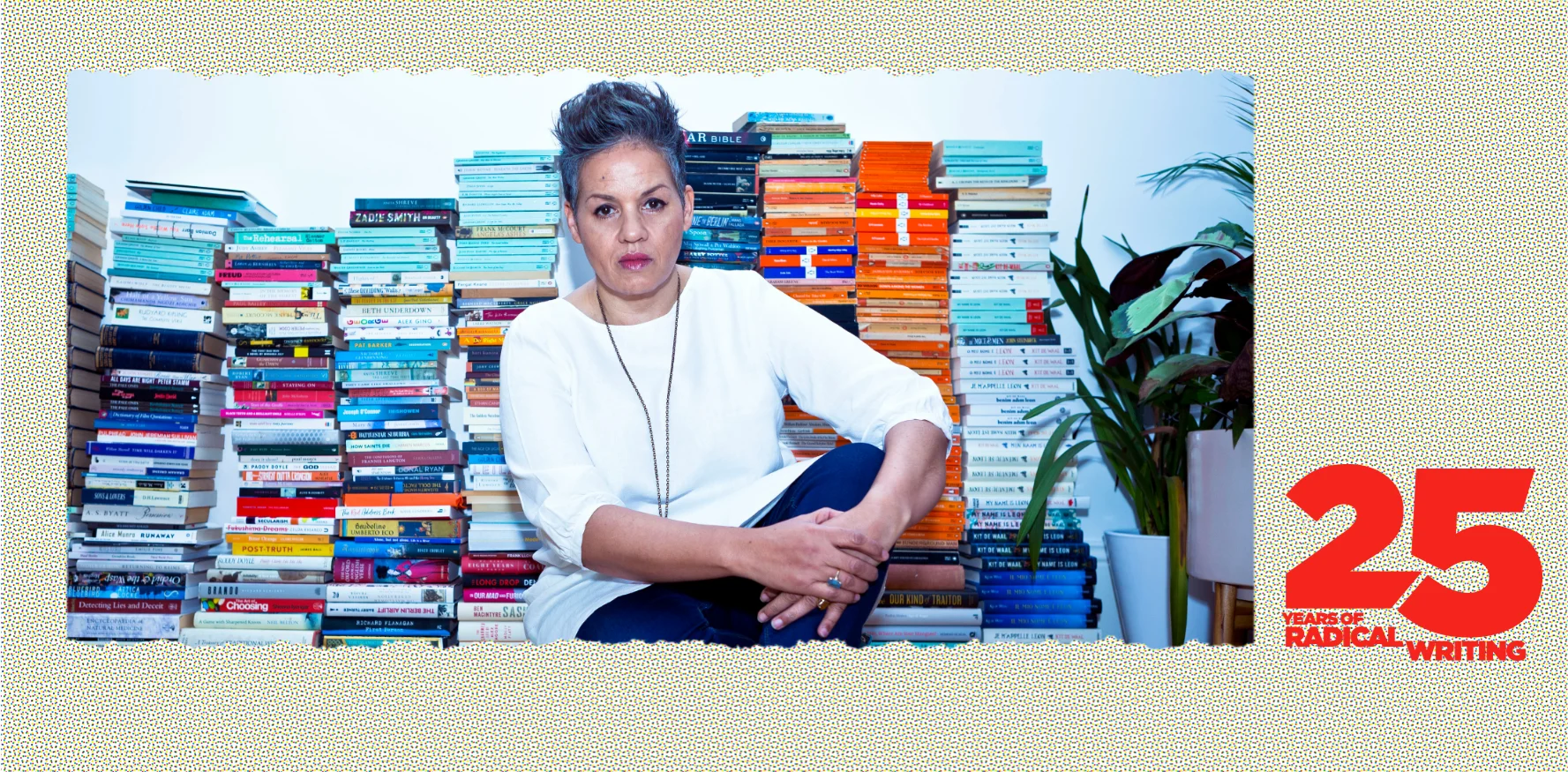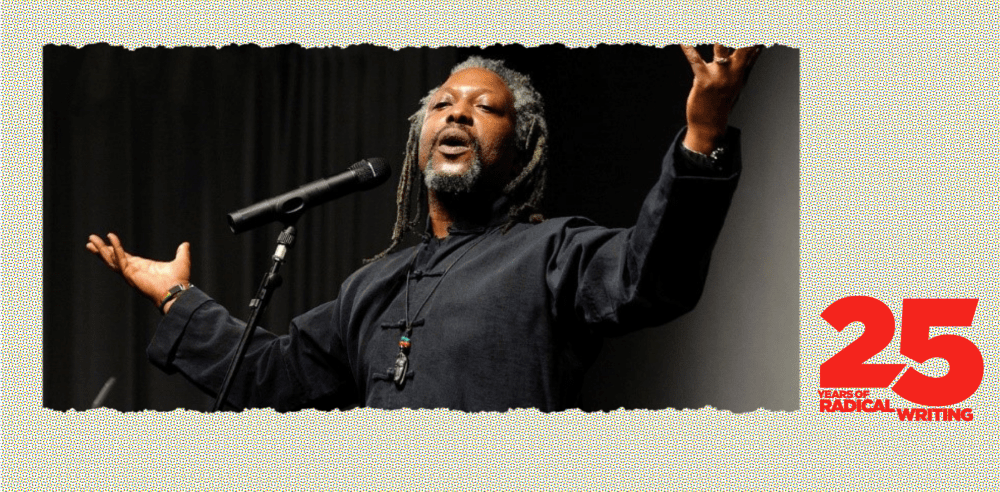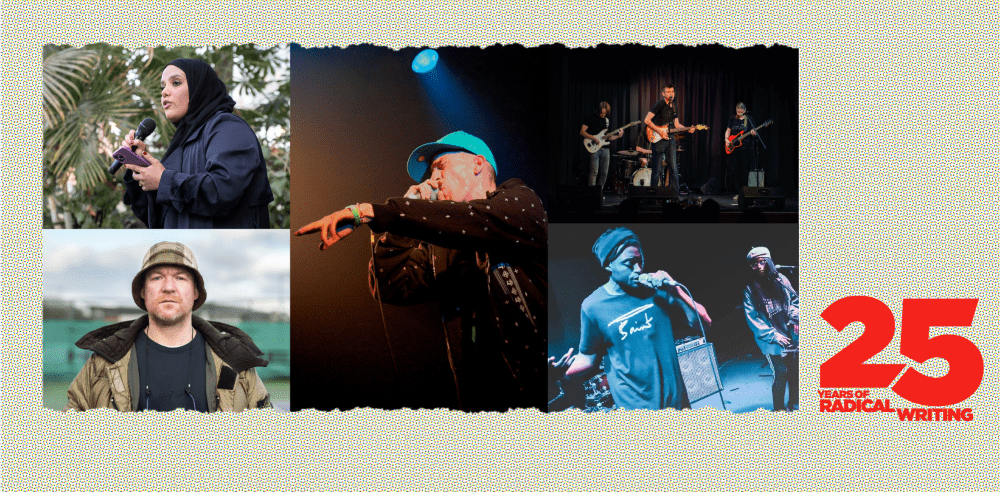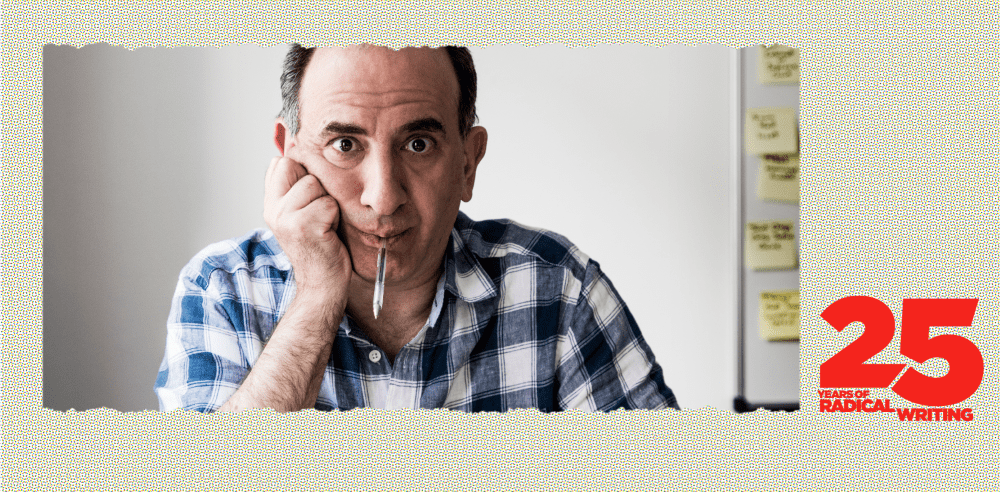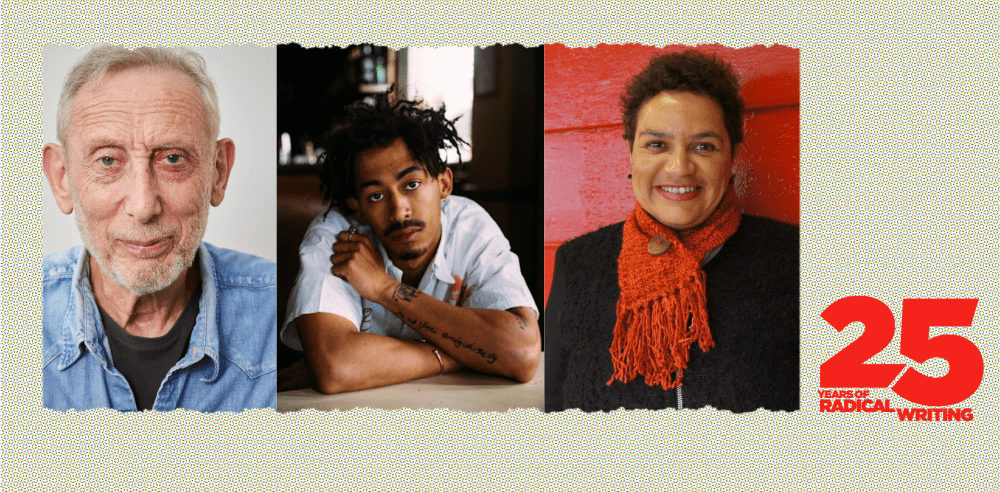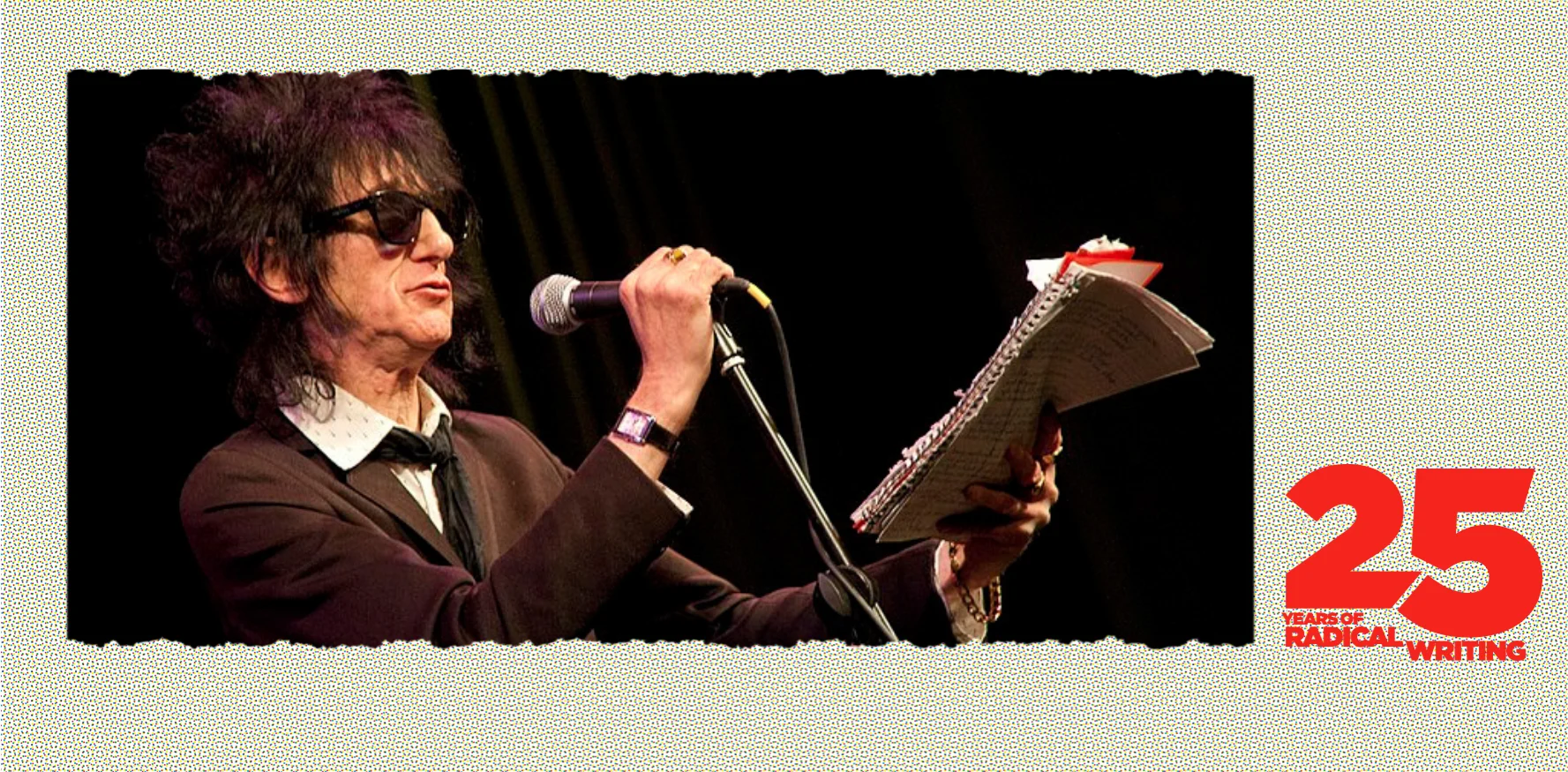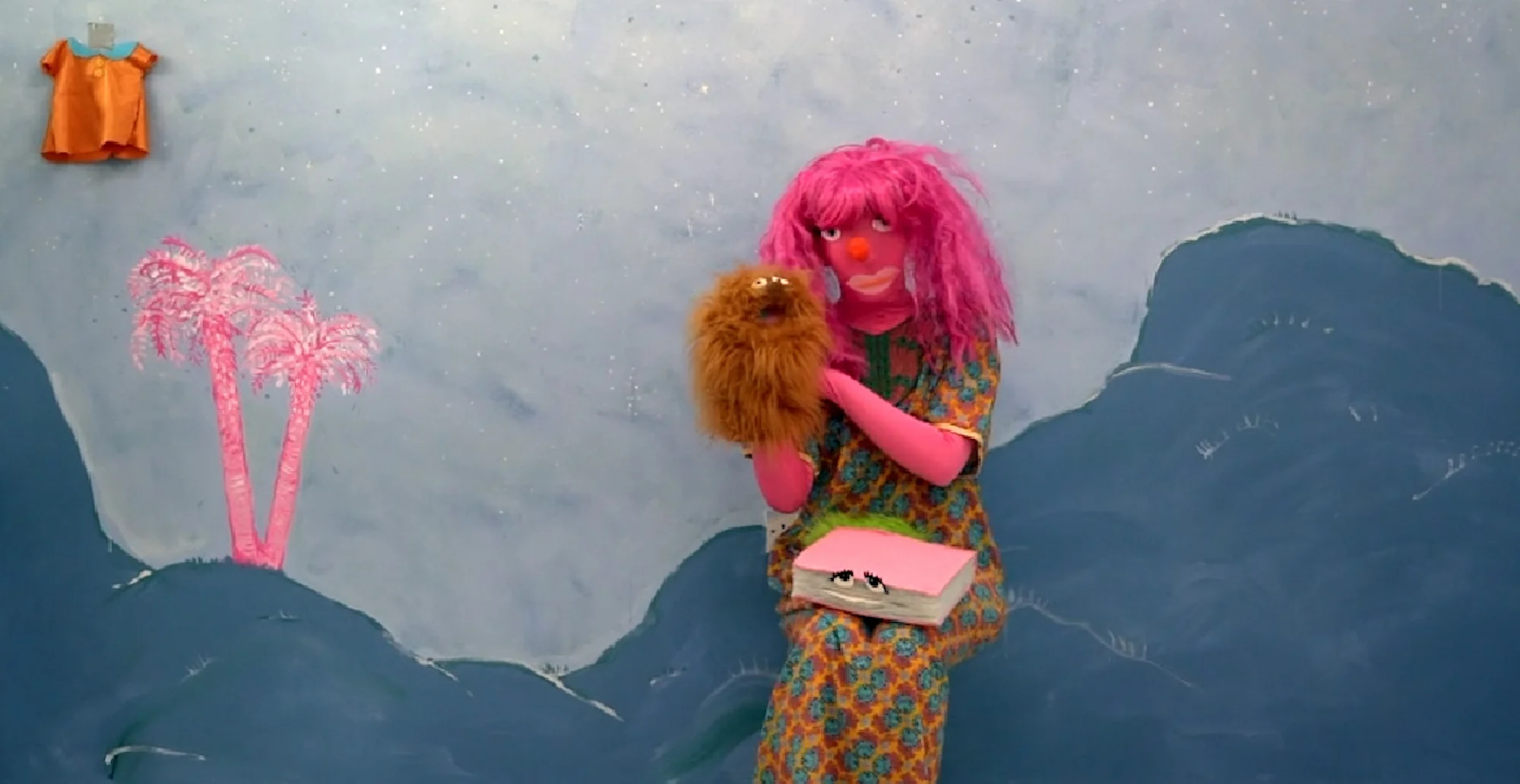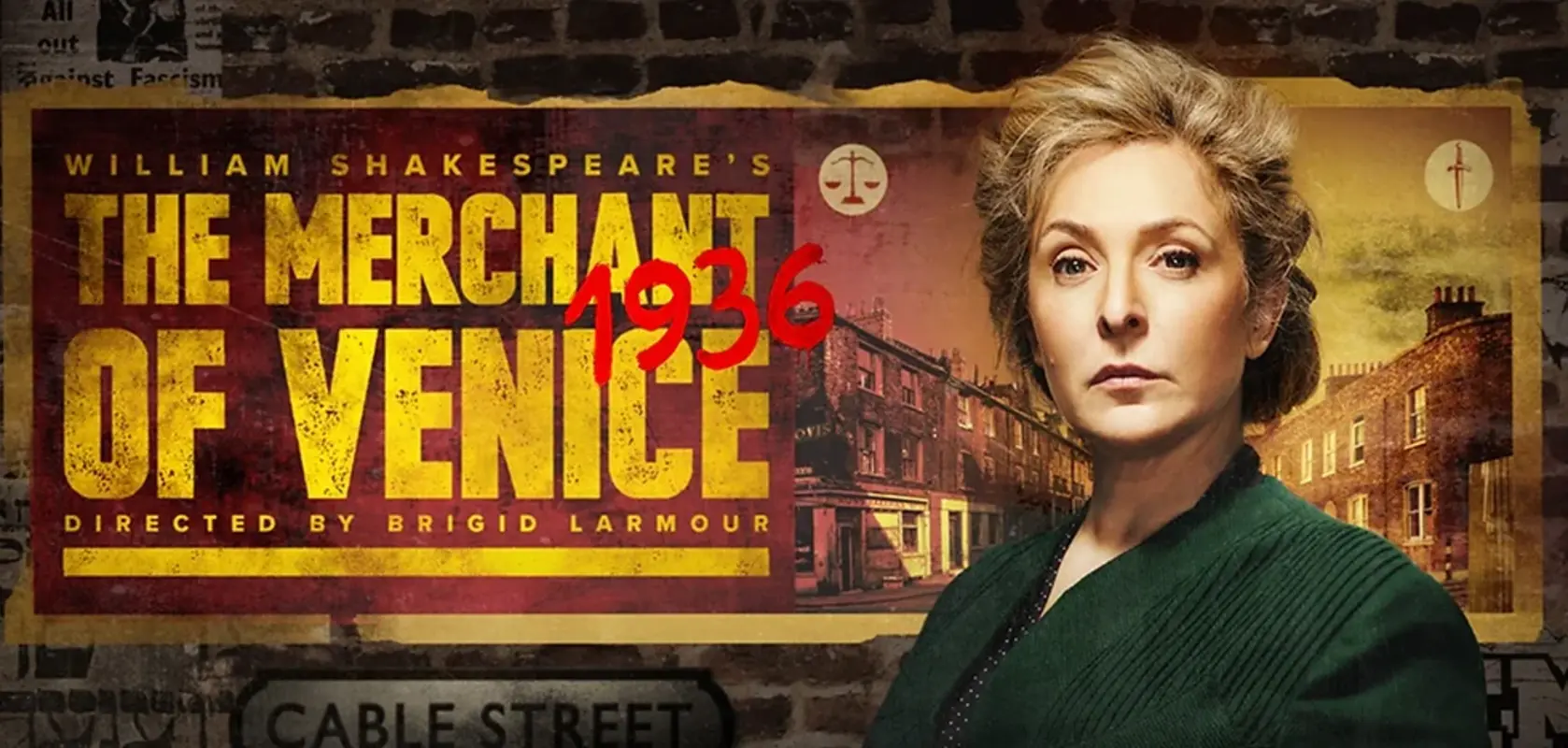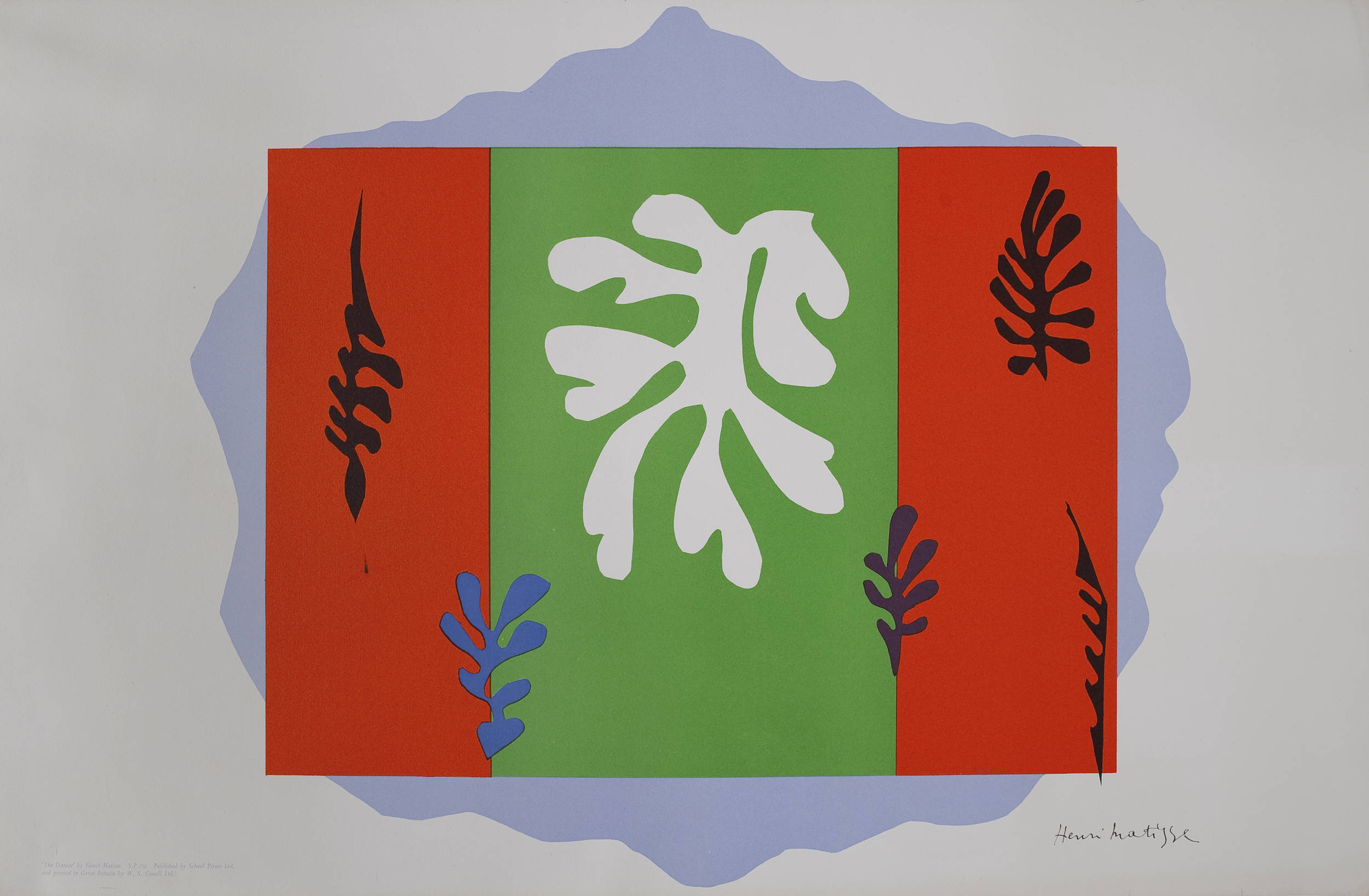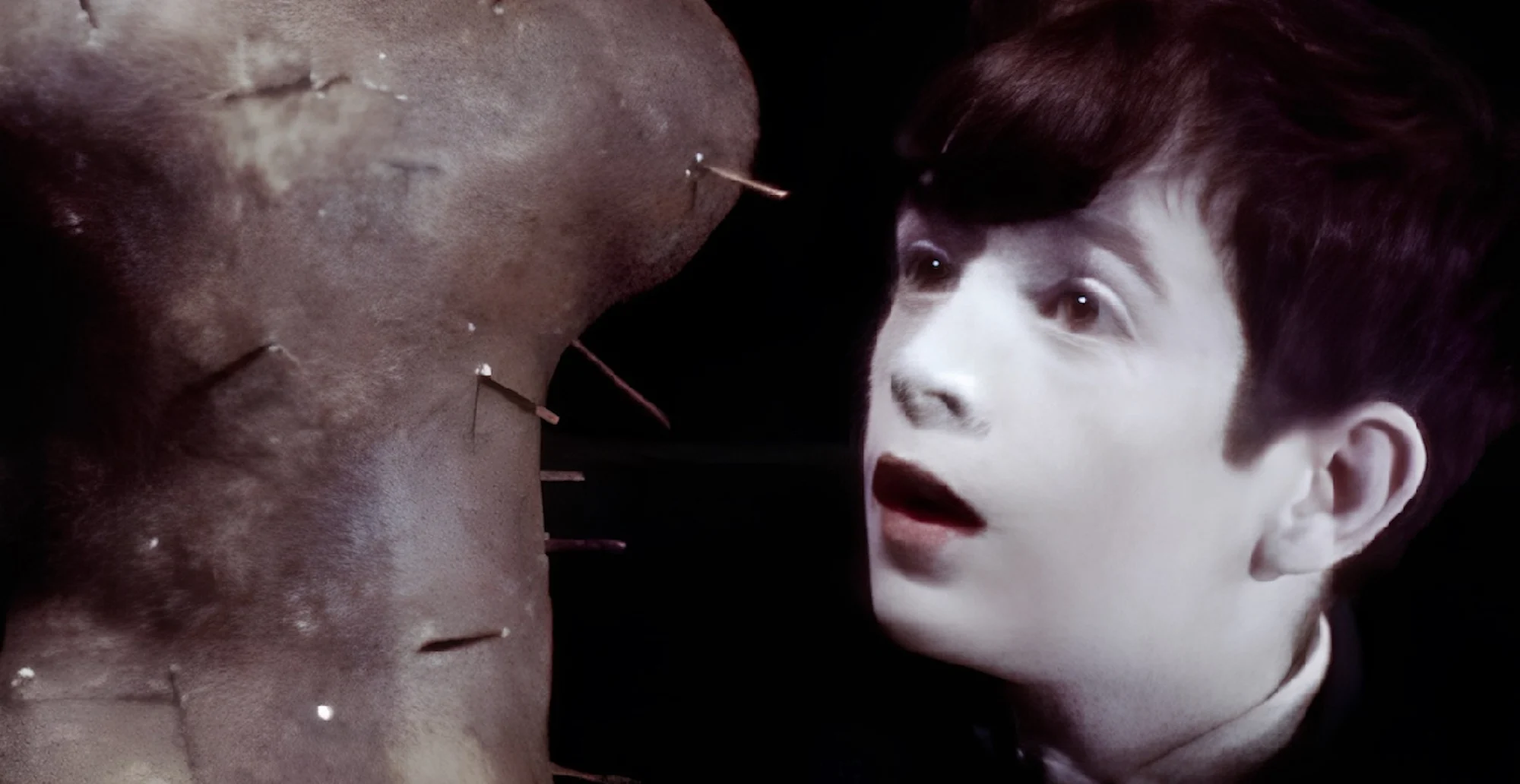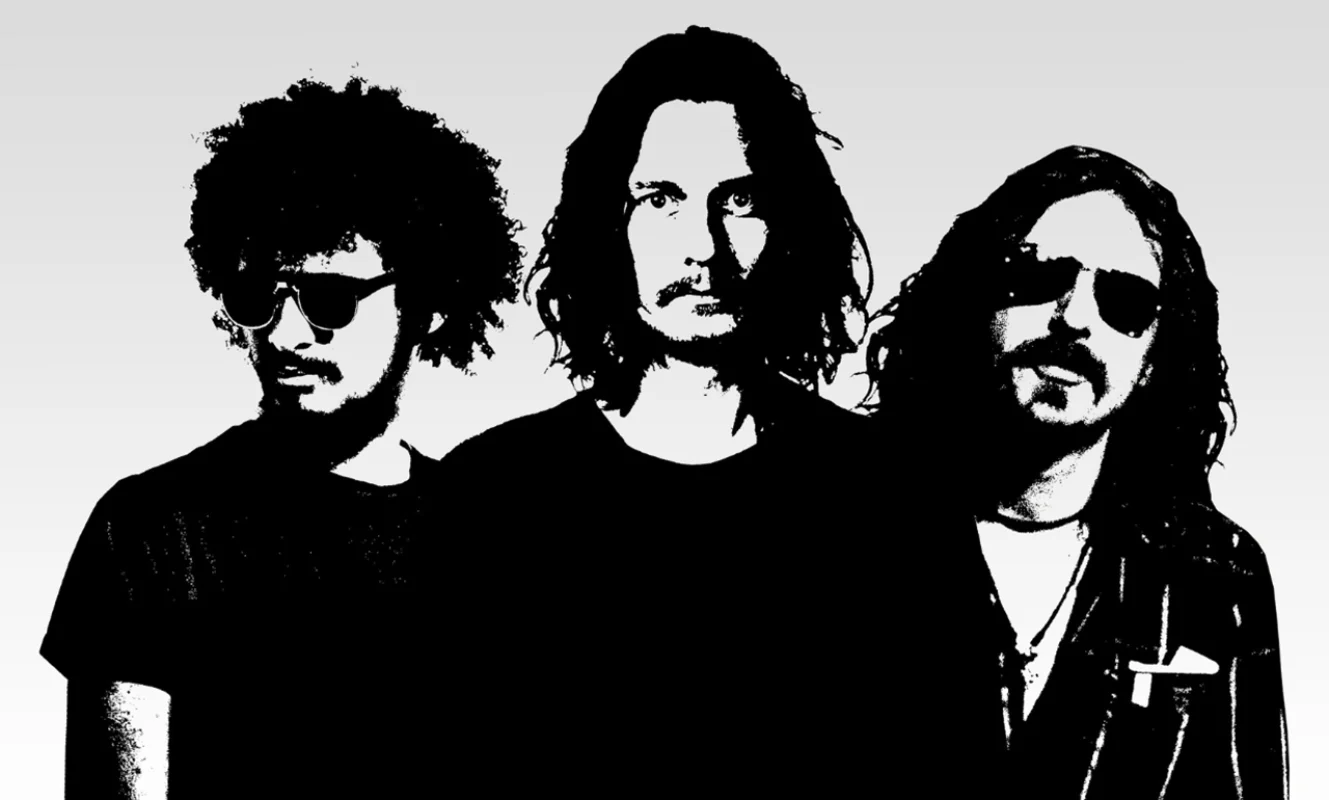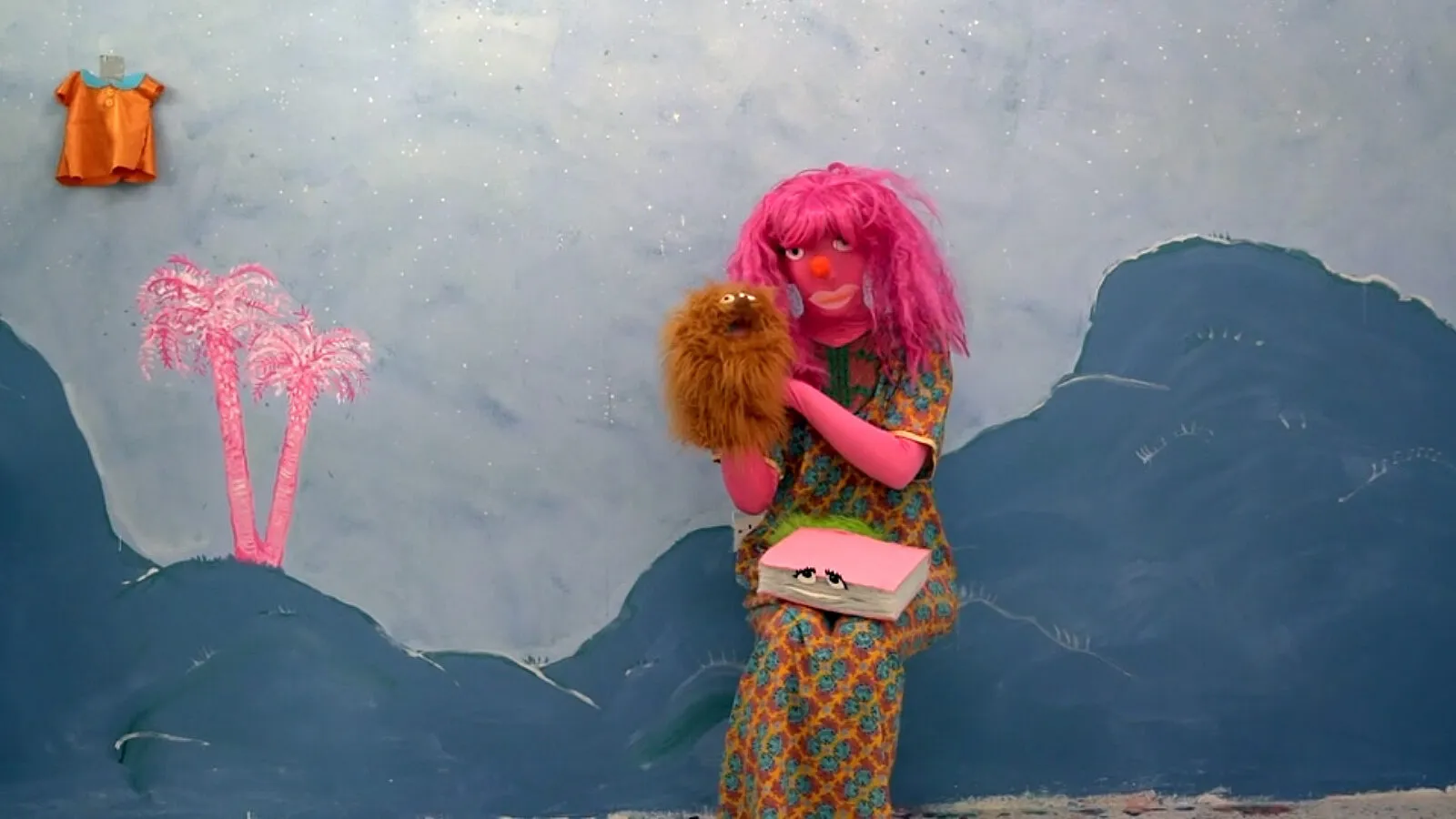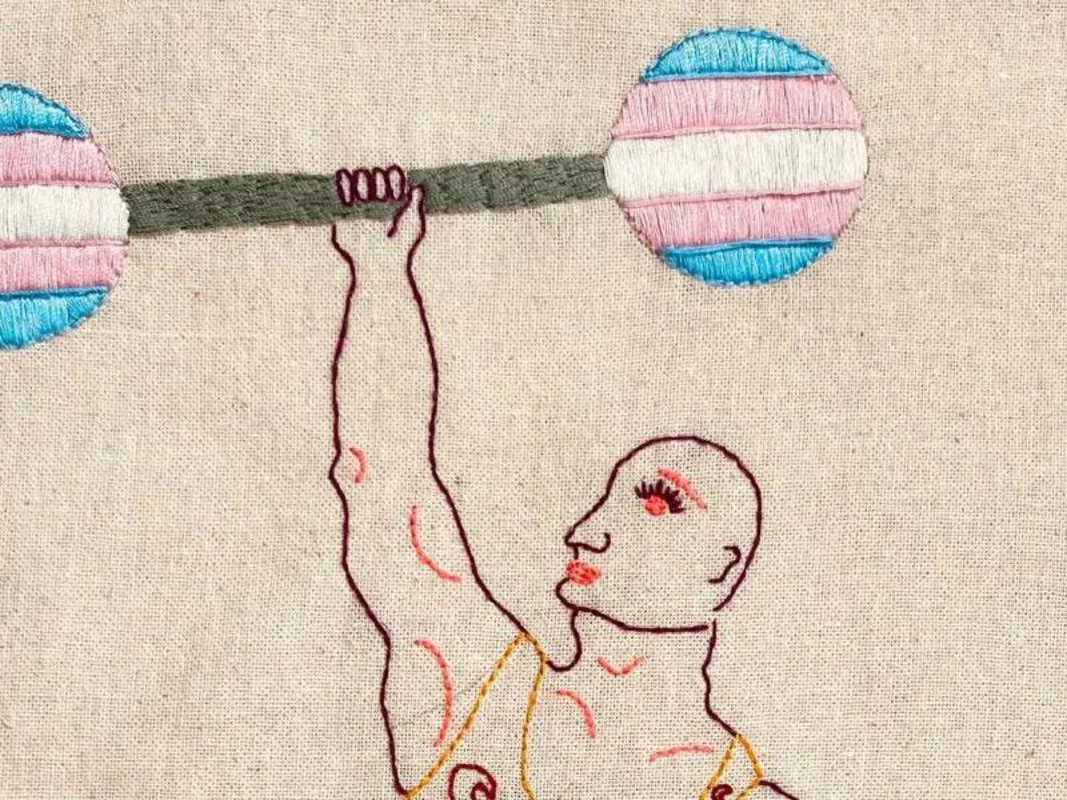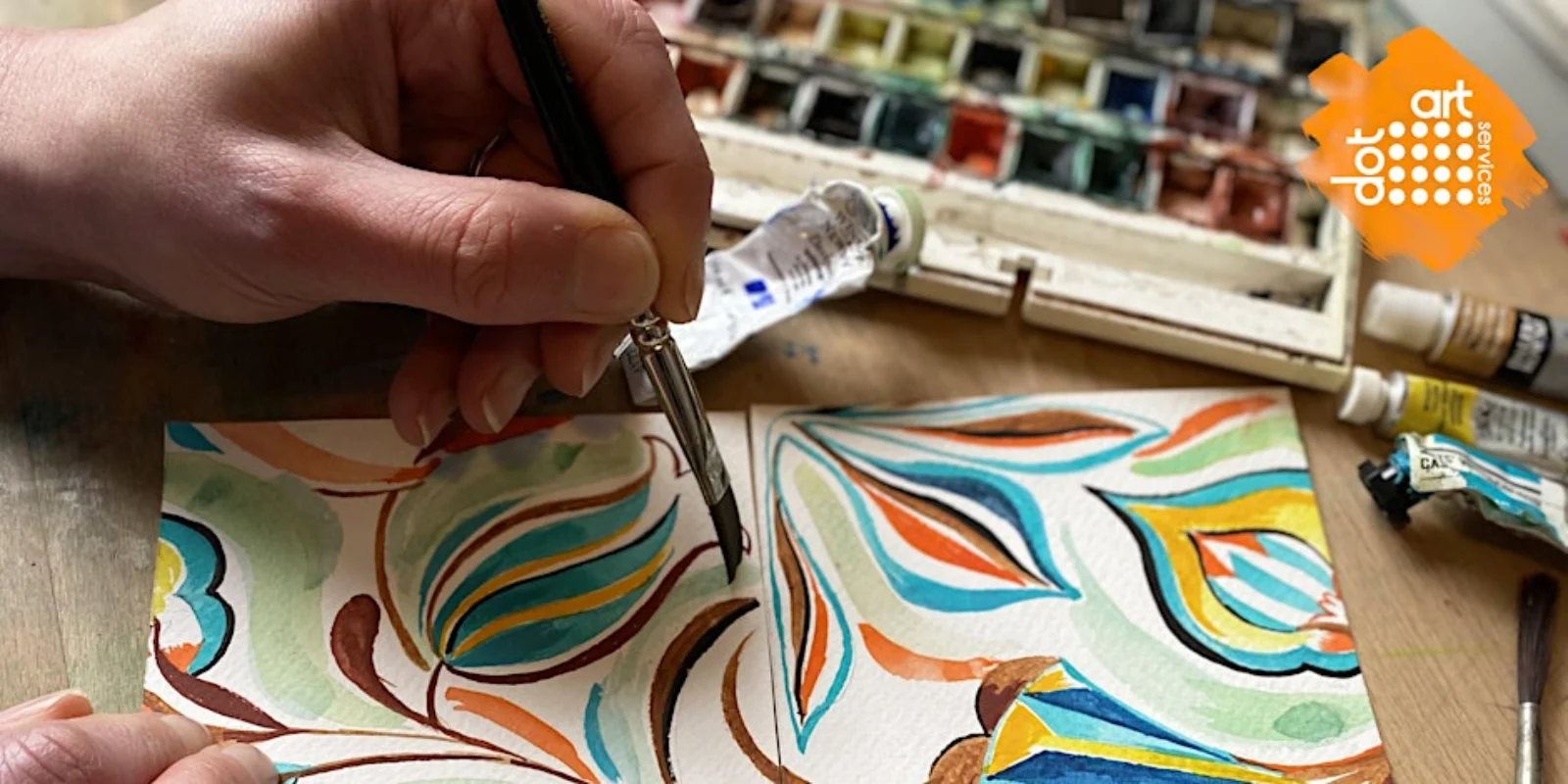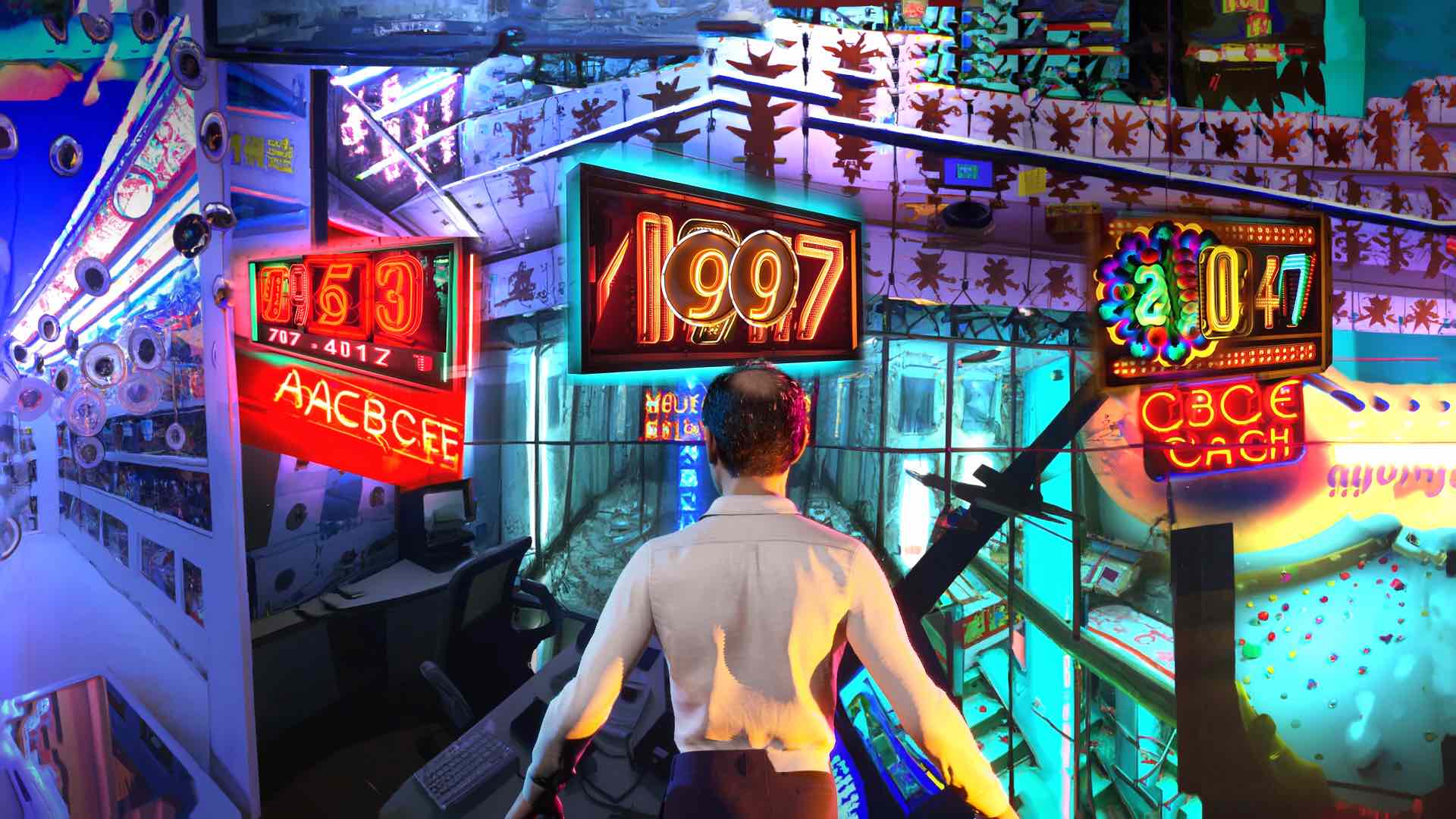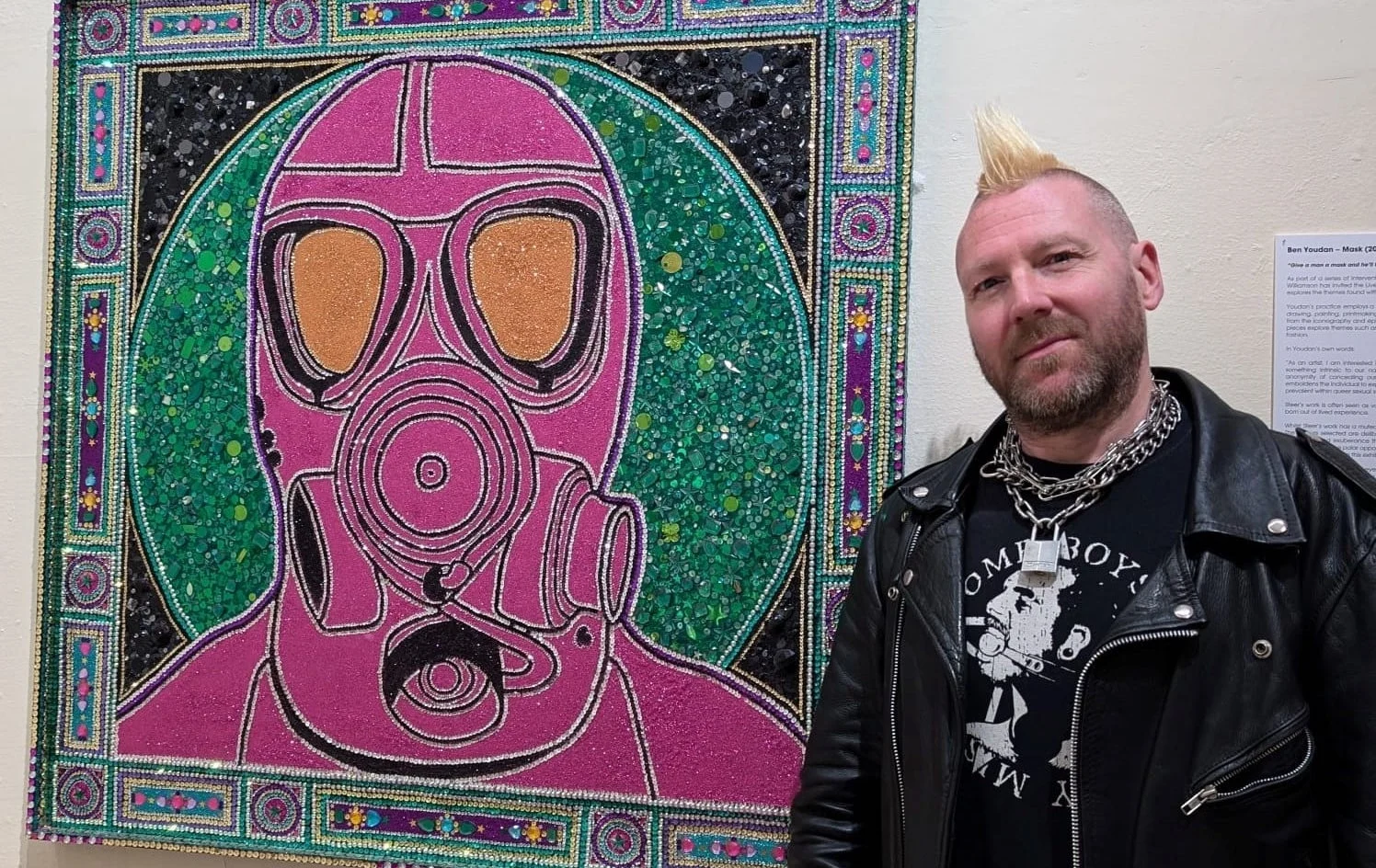
Summer’s in full swing and Liverpool is buzzing with things to see and do this August. From pop royalty and political Shakespeare to magical chippies and immersive art, there’s no shortage of weird, wonderful and downright brilliant events happening across the city region. Whether you’re planning a family day out, a culture fix or just something a bit different, here are 10 unmissable picks to check out this month.
1. Measure for Measure / Julius Caesar – Shakespeare North Playhouse (7 August)
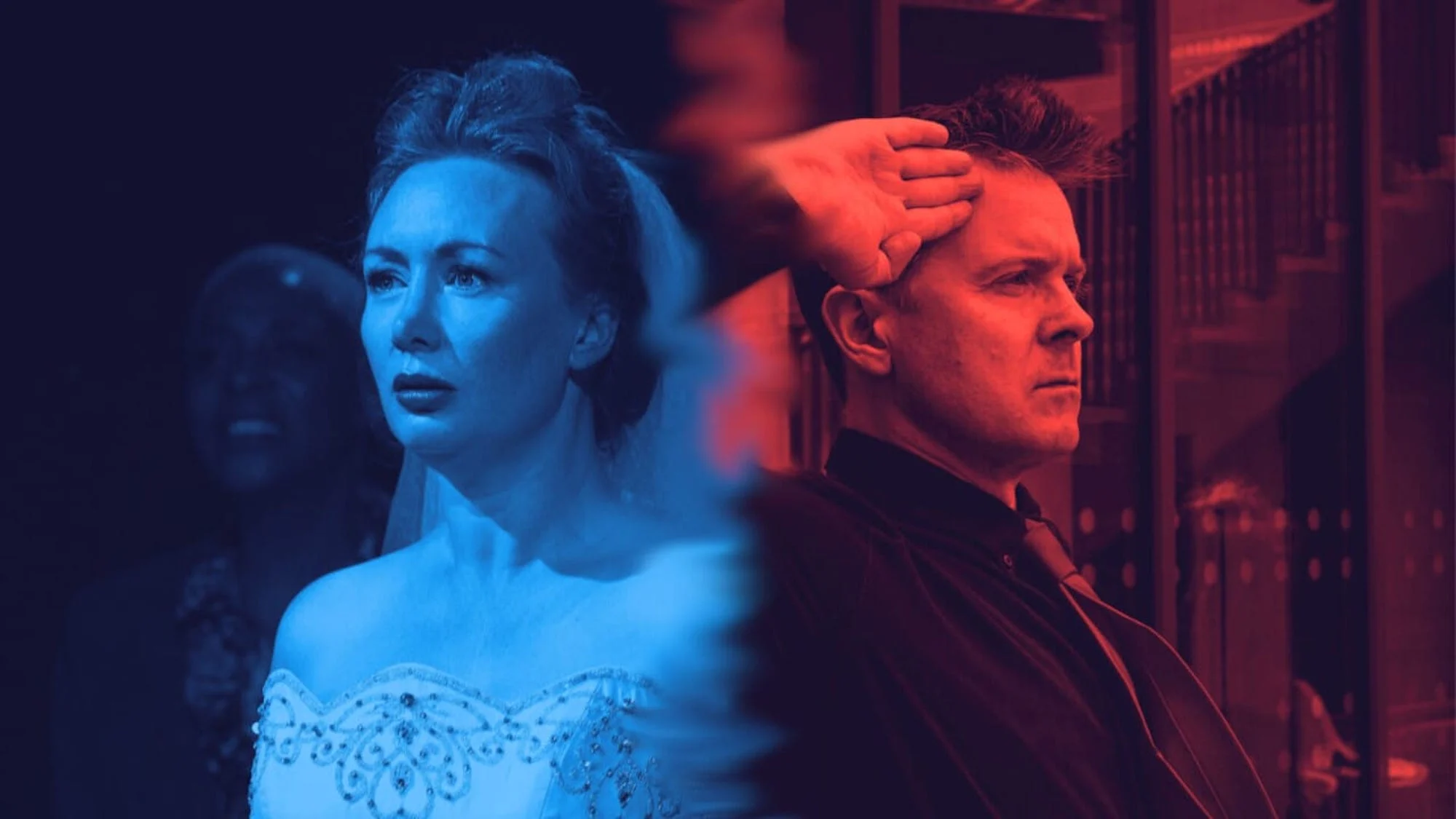
Shake-Scene Shakespeare are back to present a Double Bill of Shakespeare’s Dirtiest Politics. They will once again be performing from cued parts in their own unique way. This technique requires the actors to work only from their own lines and cues – nobody studies the whole play, and the full text is not rehearsed before performance resulting in a myriad of hilarious, jaw-dropping and unforgettable moments – it’s Shakespeare Jim but not as we know it!
2. Sugababes – Salt and Tar (9 August)

Get ready to relive the iconic pop hits of the Sugababes, one of the UK’s most successful girl groups, when they take the stage at Salt and Tar in Bootle on Saturday 09 August 2025. With over 25 million records sold worldwide and a string of chart-topping anthems like ‘About You Now’, ‘Push The Button’ and ‘Freak Like Me’, the Sugababes are set to bring their electrifying live performance to Bootle this August.
Whether you’re a lifelong fan or just fancy a night out at Bootle’s thriving new Salt & Tar venue, this live show will have you singing and dancing to every Sugababes hit.
3. Flow: Free film screening for families – Heart of Glass (12 August)
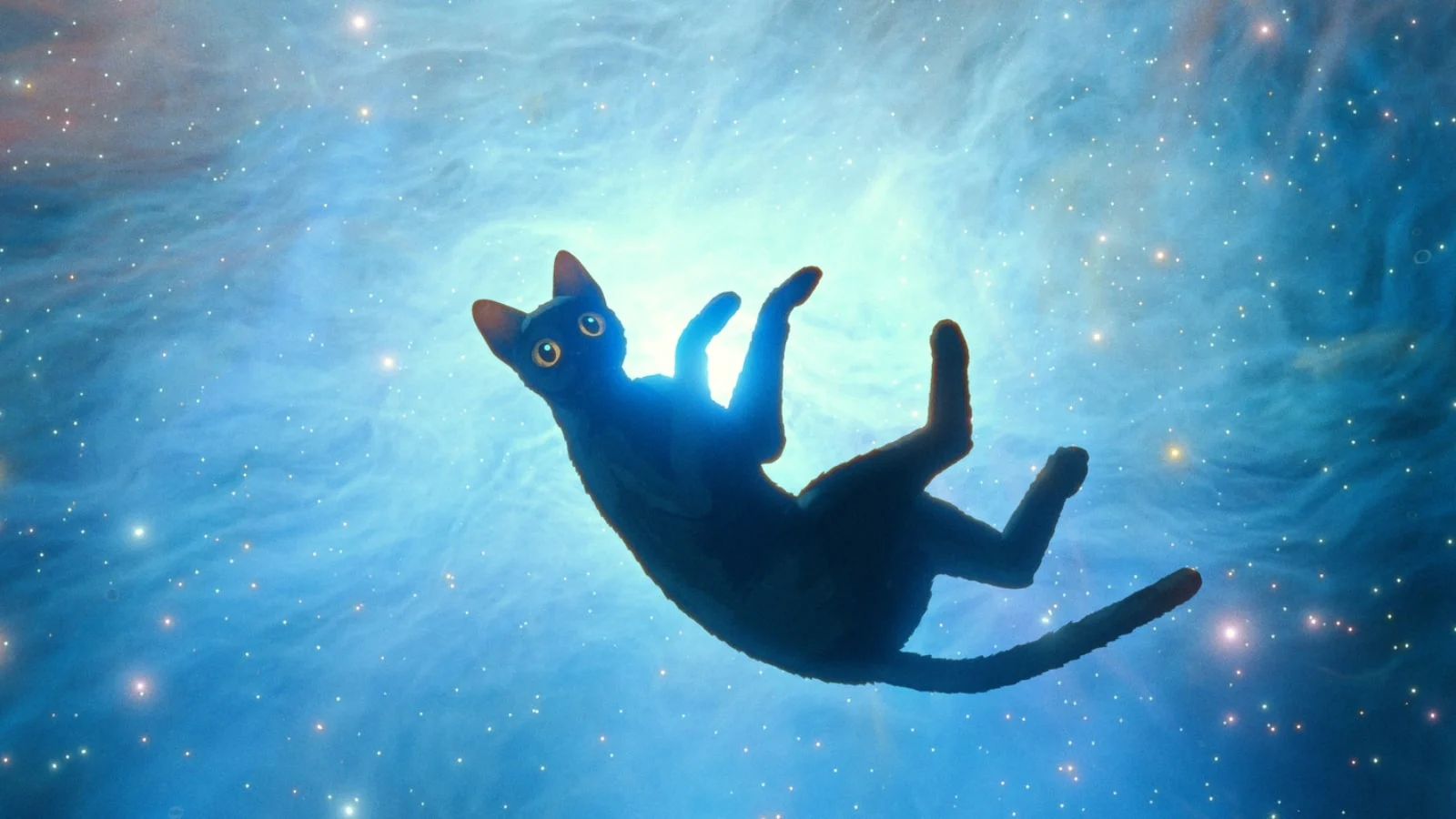
Join Heart of Glass for a special community screening of Flow (U), an Oscar-winning animated film about empathy, friendship, and the power of community. When a flood disrupts a cat’s peaceful life, he must learn to live alongside animals very different from himself.
The event explores this summer’s theme, What Connects Us? — with food, family-friendly activities, and a creative workshop by SOLA Arts, where you can make your own mini dioramas inspired by the film.
4. Fakebook – Hope Street Theatre (13 – 16 August)
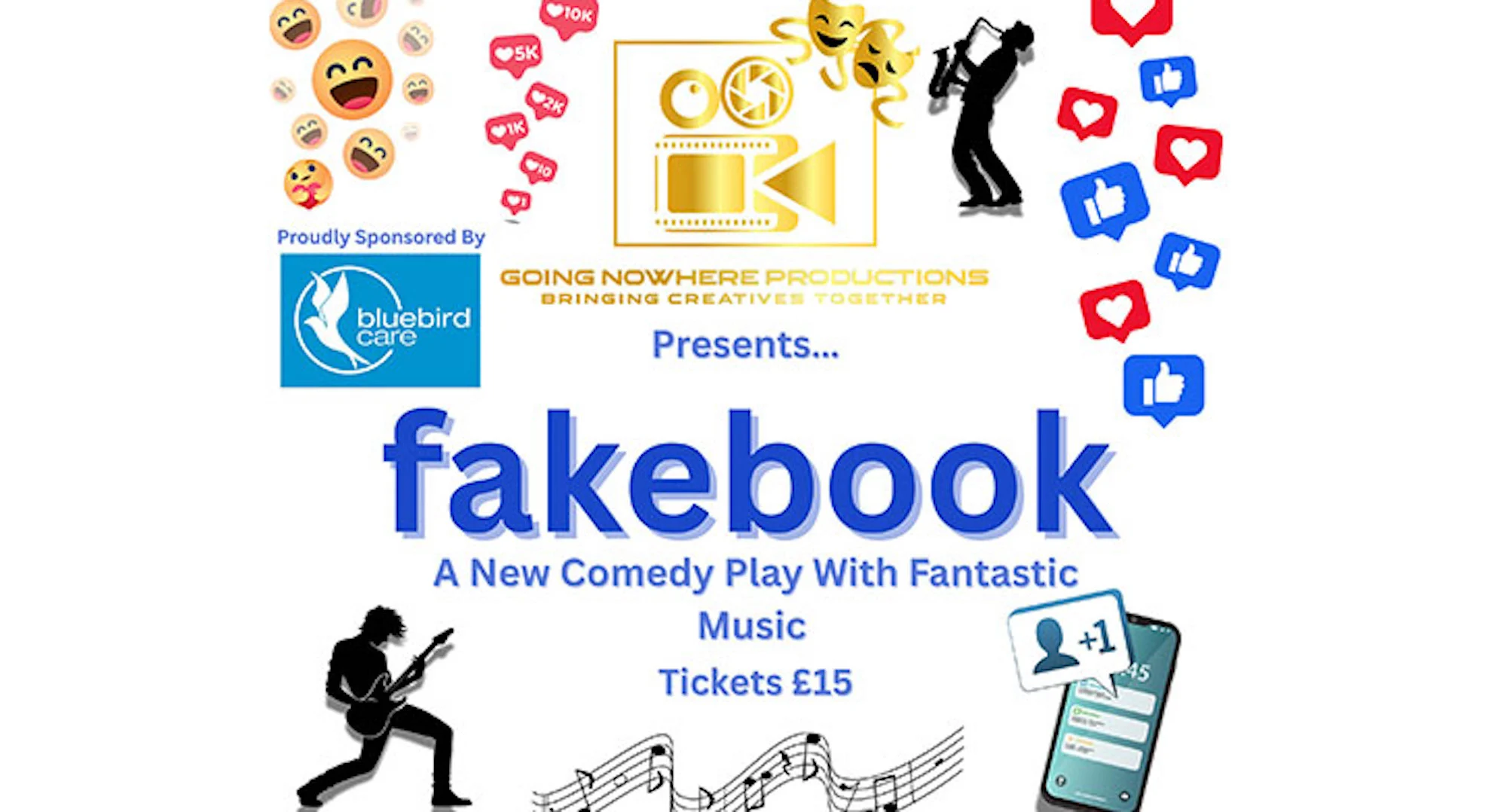
A bold and biting new comedy with great music, Fakebook explores truth, lies, and the masks we wear online. When real lives collide with digital personas, reality starts to blur.
Packed with wit, music, sharp observations, and plenty of surprises, Fakebook holds a mirror to our modern age of filters, feeds, and fakes.Written by Peter Farrell, Directed by Mark Holland with Technical Direction by Phil Halfpenny presented by Going Nowhere Productions.
5. Beyond Van Gogh and Beyond Monet – Exhibition Centre (until 15 August)
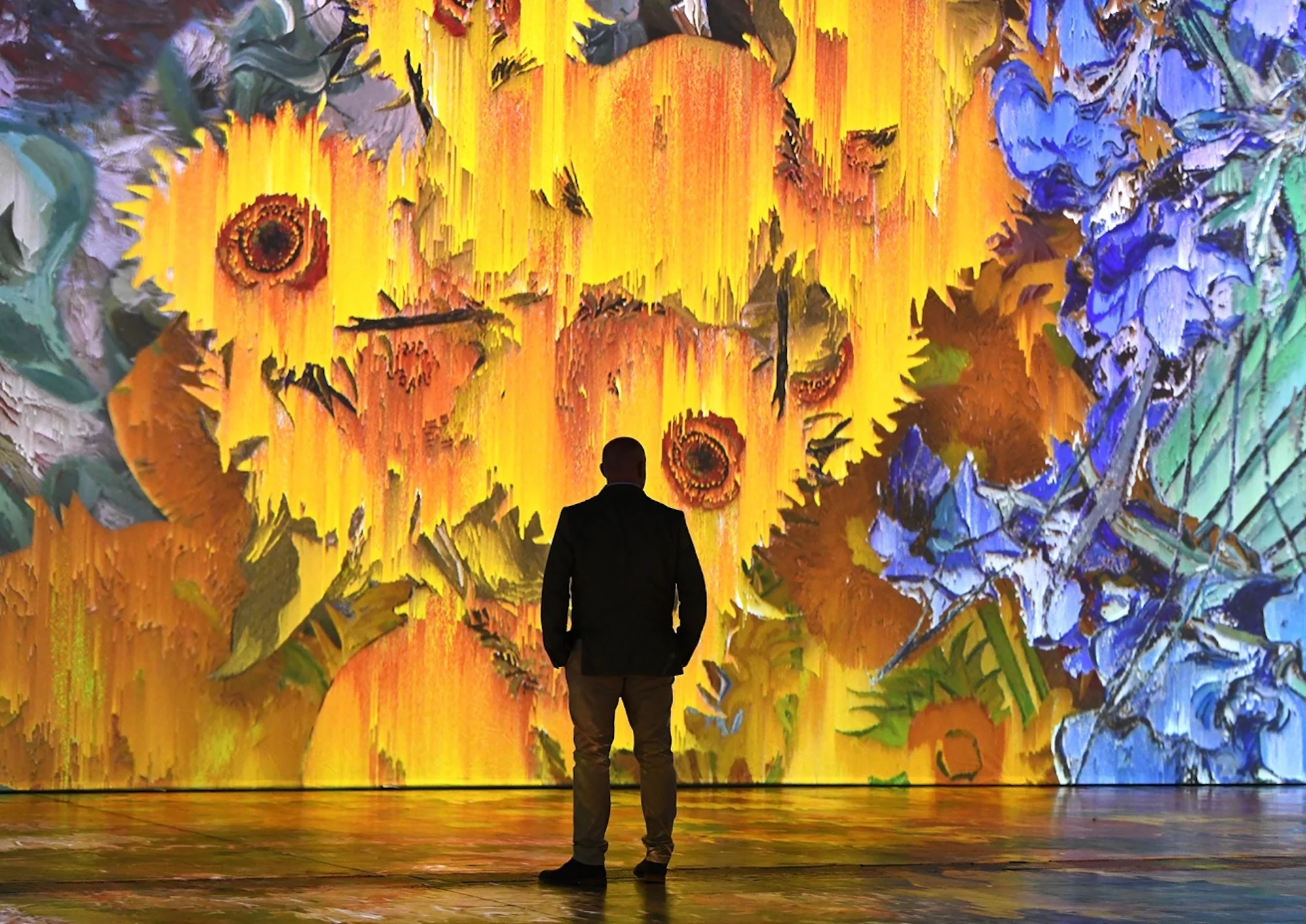
Beyond Van Gogh has returned to Liverpool this summer, following a hugely successful UK premiere in the city in 2024. Art lovers in the city are also the first in the UK to experience a brand-new immersive show, Beyond Monet, which brings the works of the ‘Father of Impressionism’ to life in truly mesmerising fashion. The unmissable multimedia experience is now open at the waterfront Exhibition Centre Liverpool. Beyond Van Gogh and Beyond Monet are being staged on different days.
6. LUMA Presents Latin American Culture Day – Future Yard (17 August)
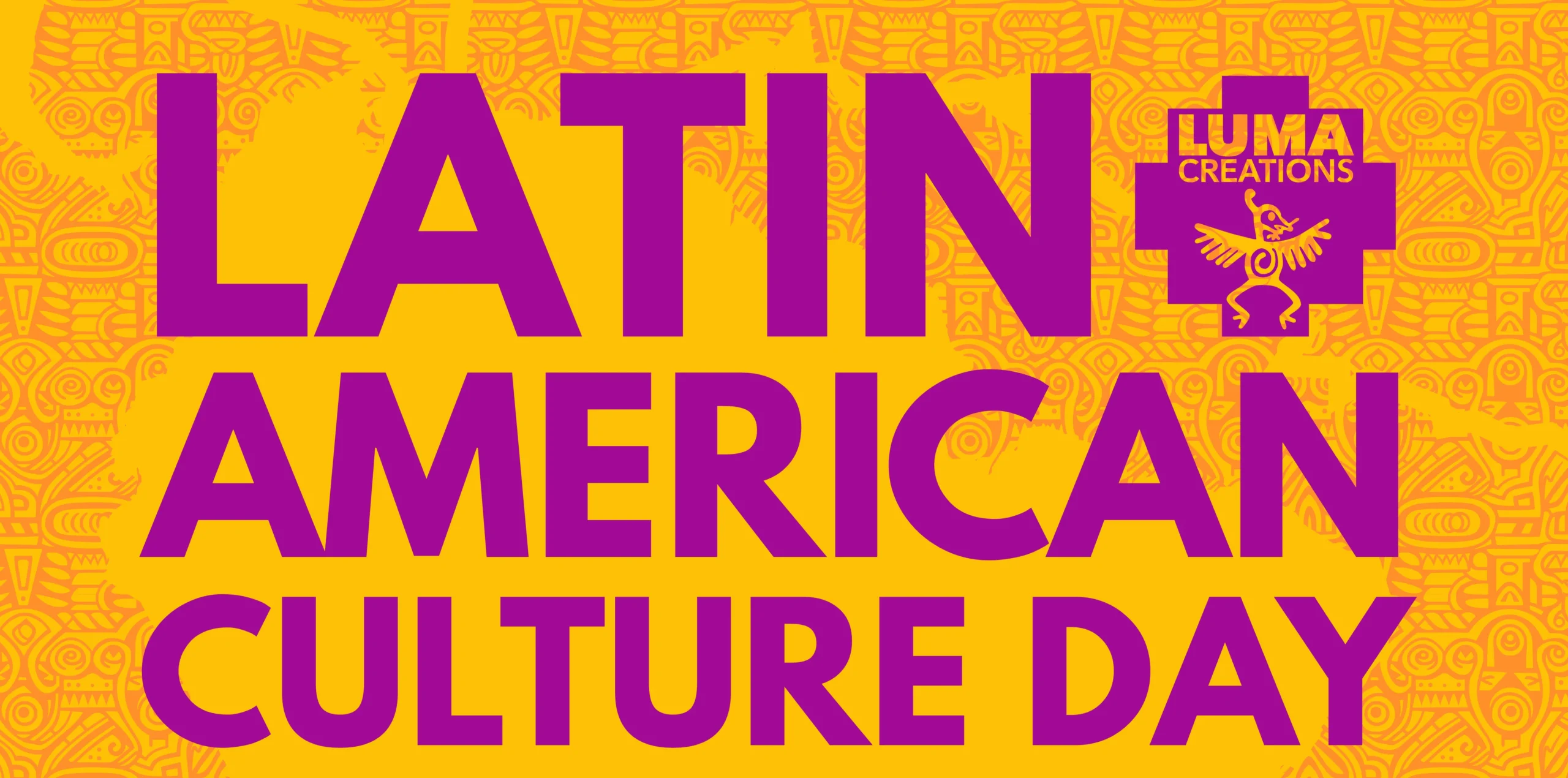
Luma Creations will take over our indoor and outdoor spaces at Future Yard once again to celebrate the culture of the Latin world, with music, dance, art, workshops and a whole lot of amazing food. The event is free entry and runs from 12-5pm.
7. In Conversation with Ben Youdan – Williamson Art Gallery (22 August)

Join Liverpool visual artist Ben Youdan for an engaging talk exploring his creative process and the themes behind his striking mixed-media work. Known for blending collage, painting, printmaking and photography, Youdan draws inspiration from pop culture to explore identity, glamour and sexuality. His piece Mask is currently on display at the Williamson as part of Independents Biennial 2025.
8. Throwing Muses – Liverpool Philharmonic Hall (23 August)
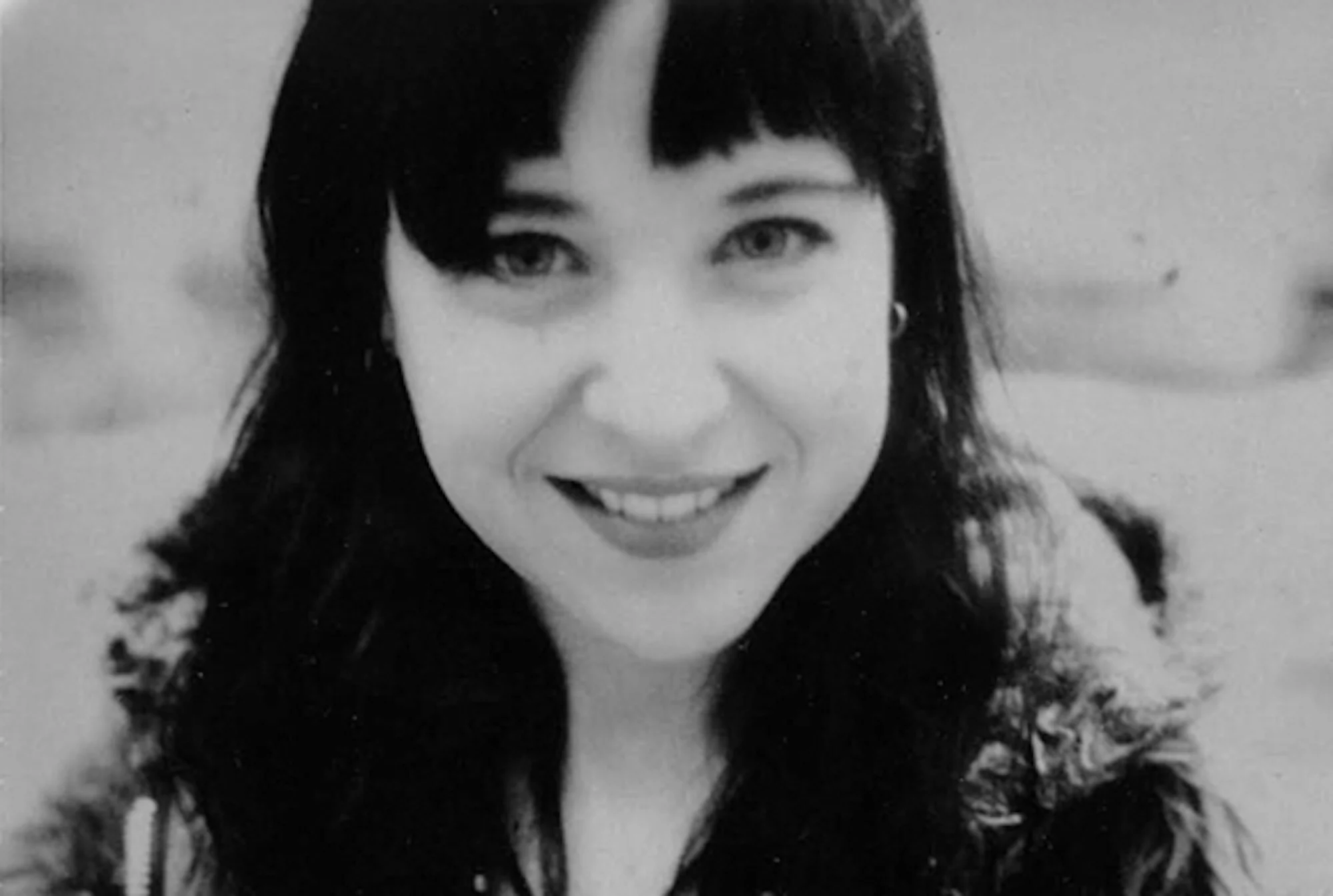
Throwing Muses return to the stage, having released their new album, Moonlight Concessions. Going back to basics, Throwing Muses bring their esoteric off-kilter best, courtesy of Kristin Hersh’s pin-sharp sketches and their suitably abrasive musical arrangements.
Moonlight Concessions is a collection of snippets from everyday life writ large – think overheard conversations, recounted happenings and telling one-liners, all sewn together to illustrate the times as they slowly mature, fully peppered with original Muses’ vim and vigour.
9. Sauce and Saucery – Liverpool Royal Court (Until 23 August)
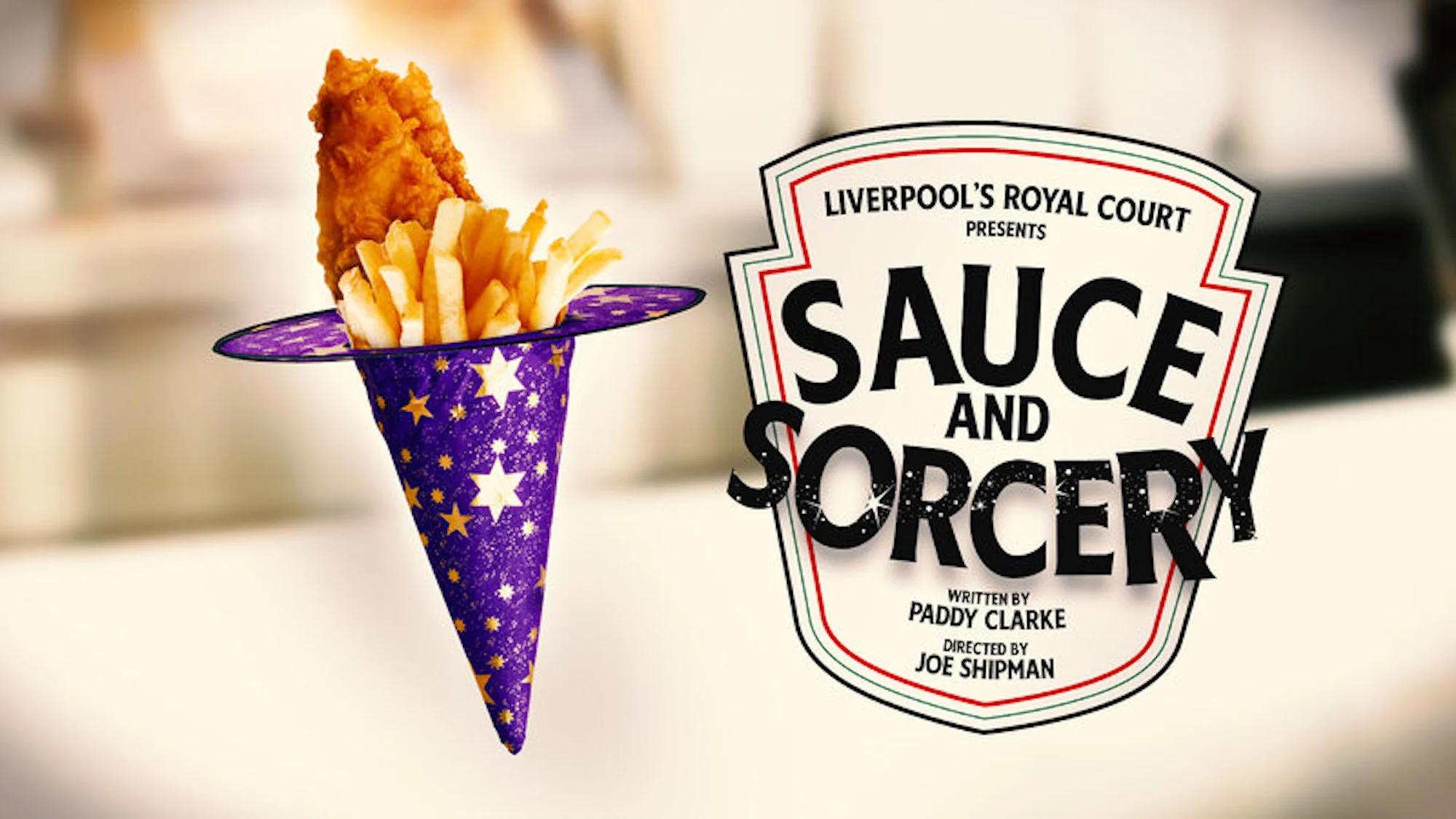
Abrakebabra is just a normal chippy in the Swan. Chips, fish, scallops and donner meat all served up with a smile. Well, sometimes served up with a smile. Sauce and Sorcery tells the magical tale of a local chippy run by a wizard, a little sideline in spells and hexes to go with your meat pie. Grant is a proper wizard, but more Dumbledork than Dumbledore.
Get yourself to the Royal Court Studio to see Paddy Clarke’s brand new comedy that sees what happens when the worlds of wizardry and fast food collide.
10. The Secrets of Sudley House – Sudley House (until 28 August)
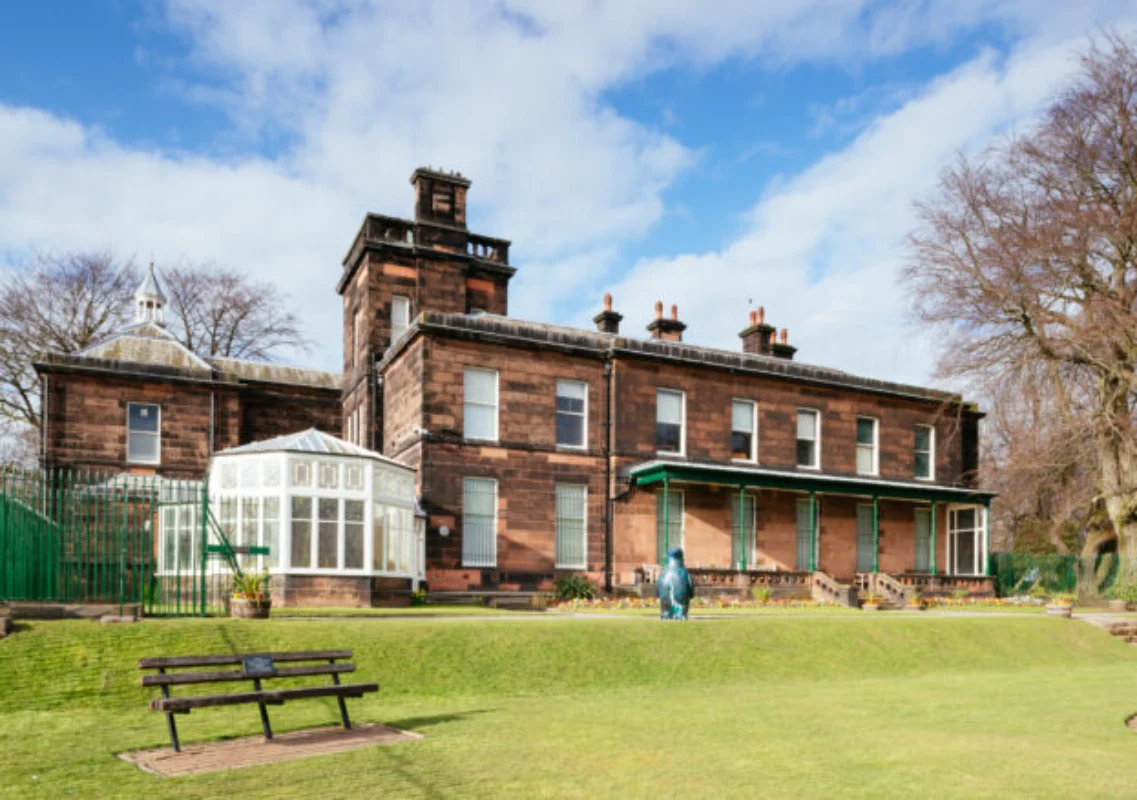
Take the opportunity to discover some of the secrets of Sudley House. Join their Participation Team for a family-friendly look around this wonderful historic home, and together uncover some of the secrets of the house and of Victorian merchant George Holt and his family. You’ll also find out more about Sudley’s wartime past, the House’s hidden safe and much more.
For even more things to do in August in Liverpool and the city region check out our What’s On Listings.


